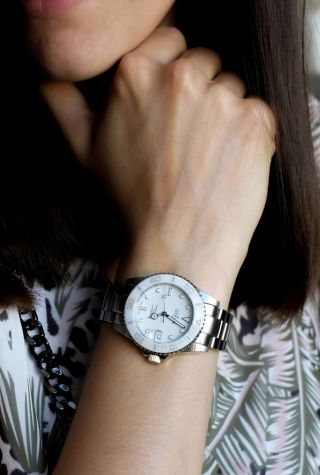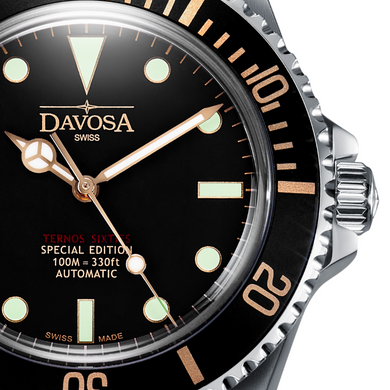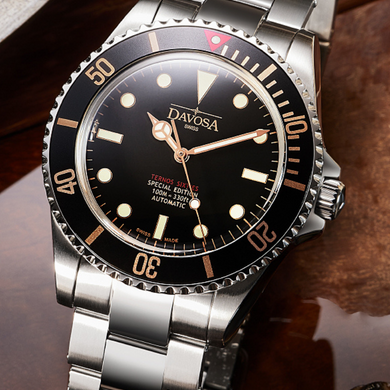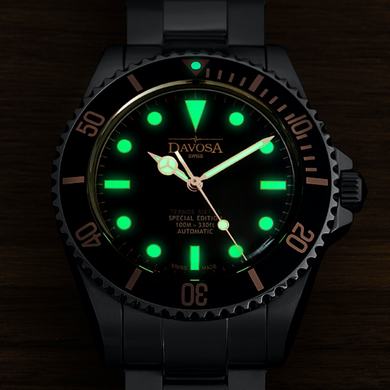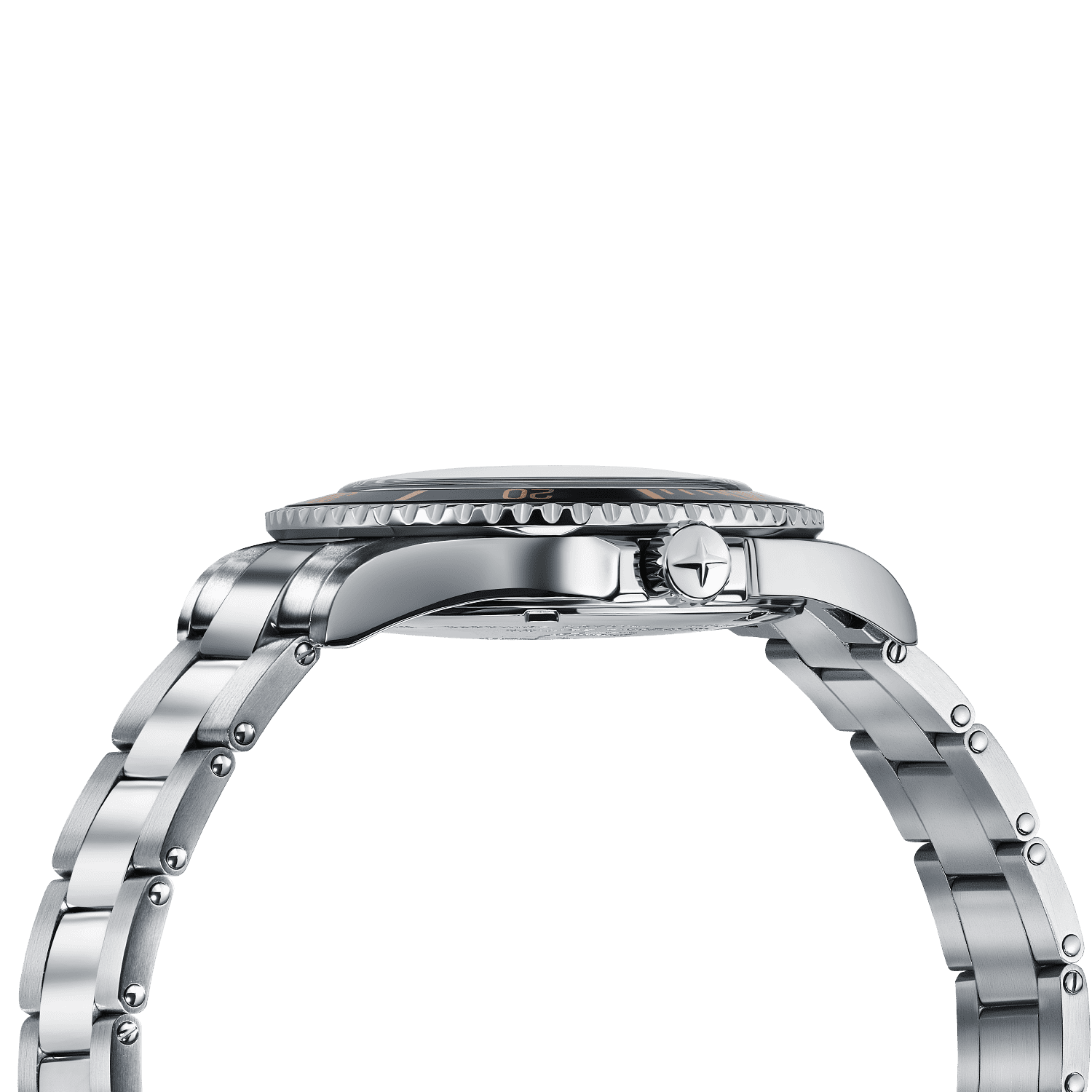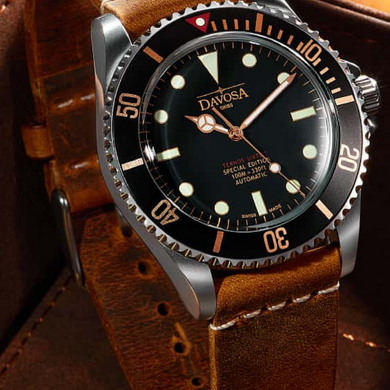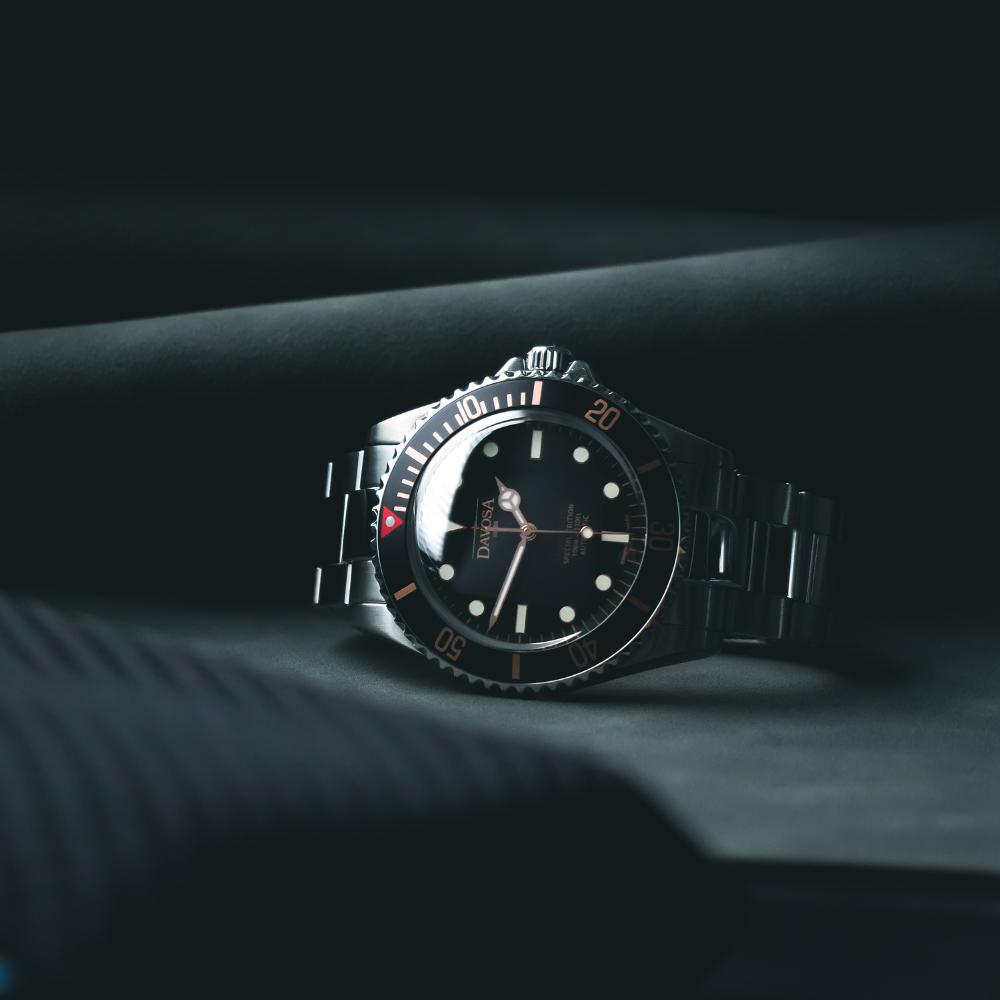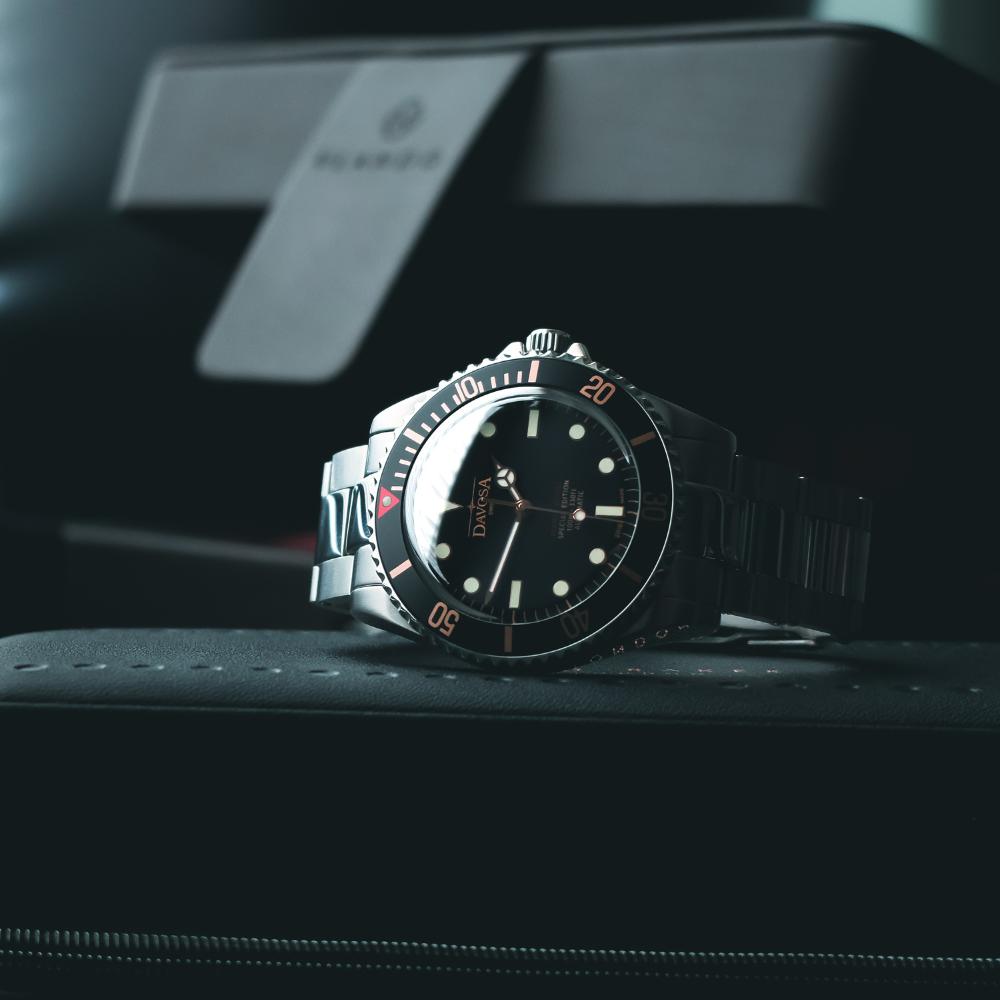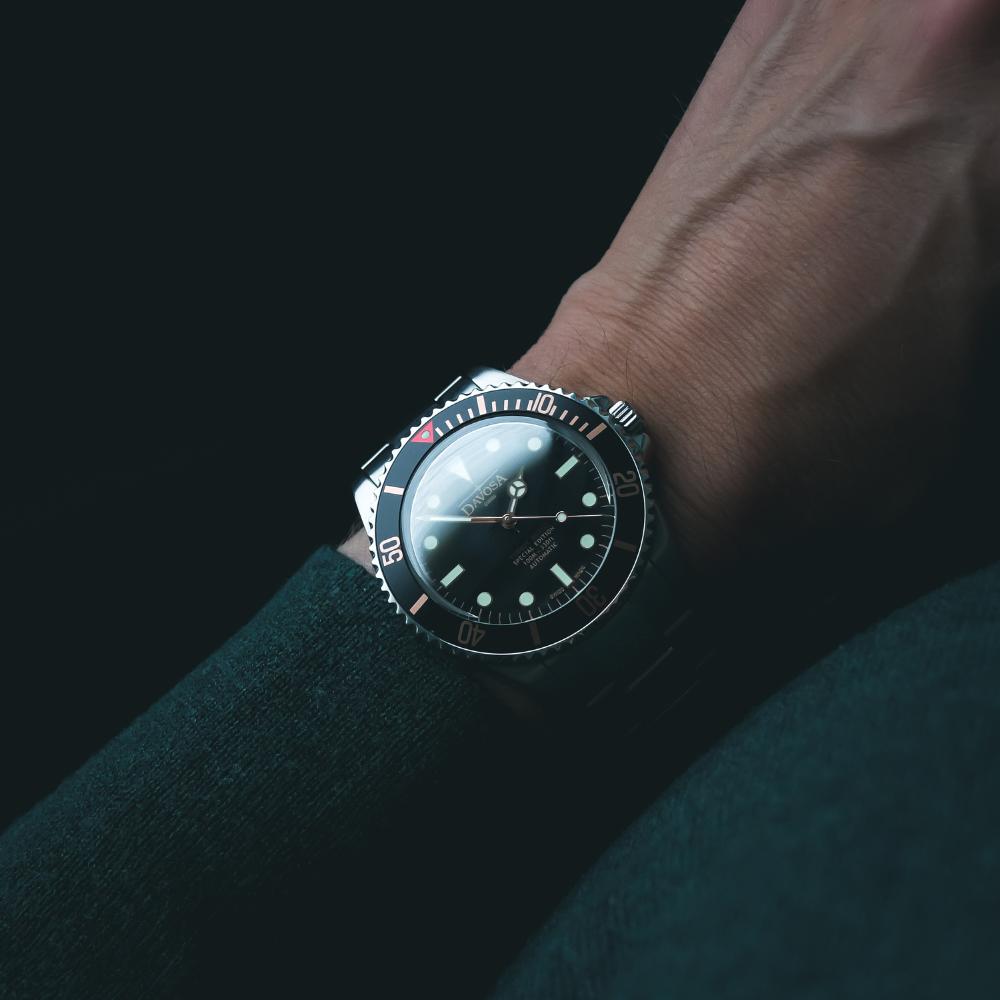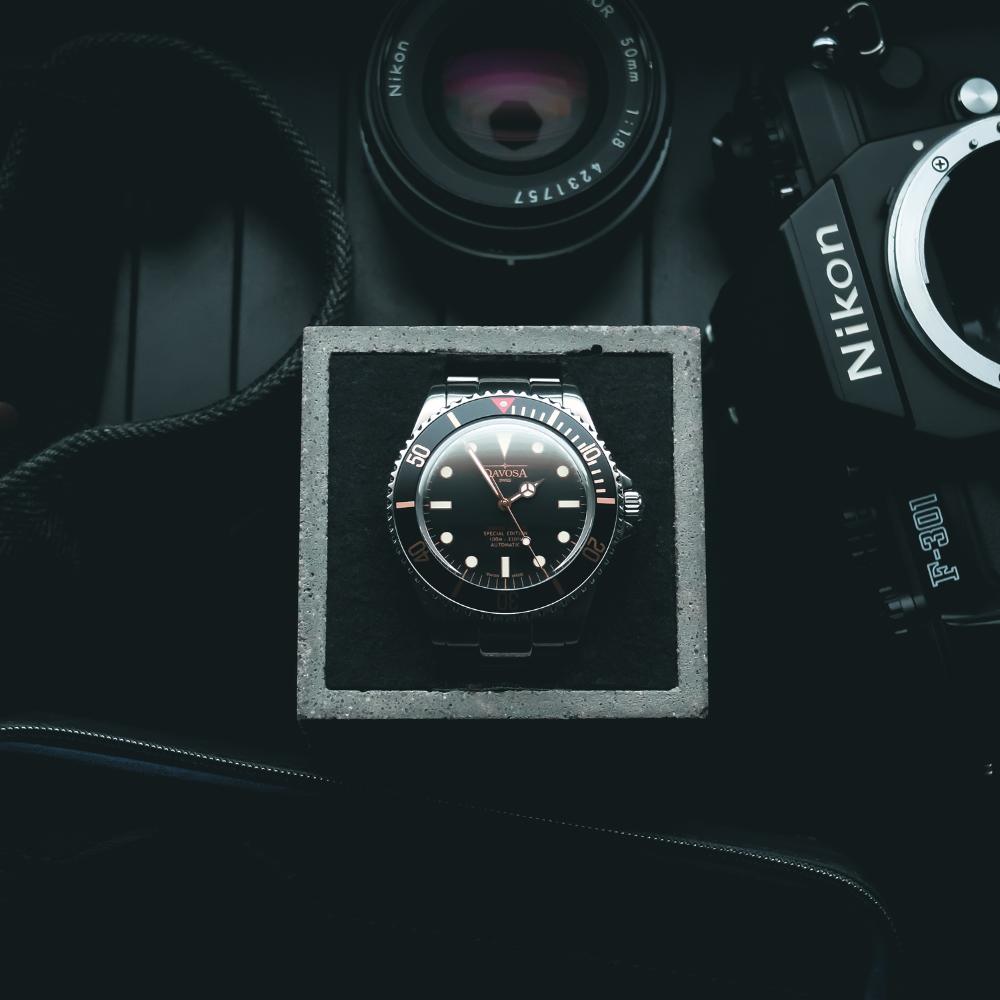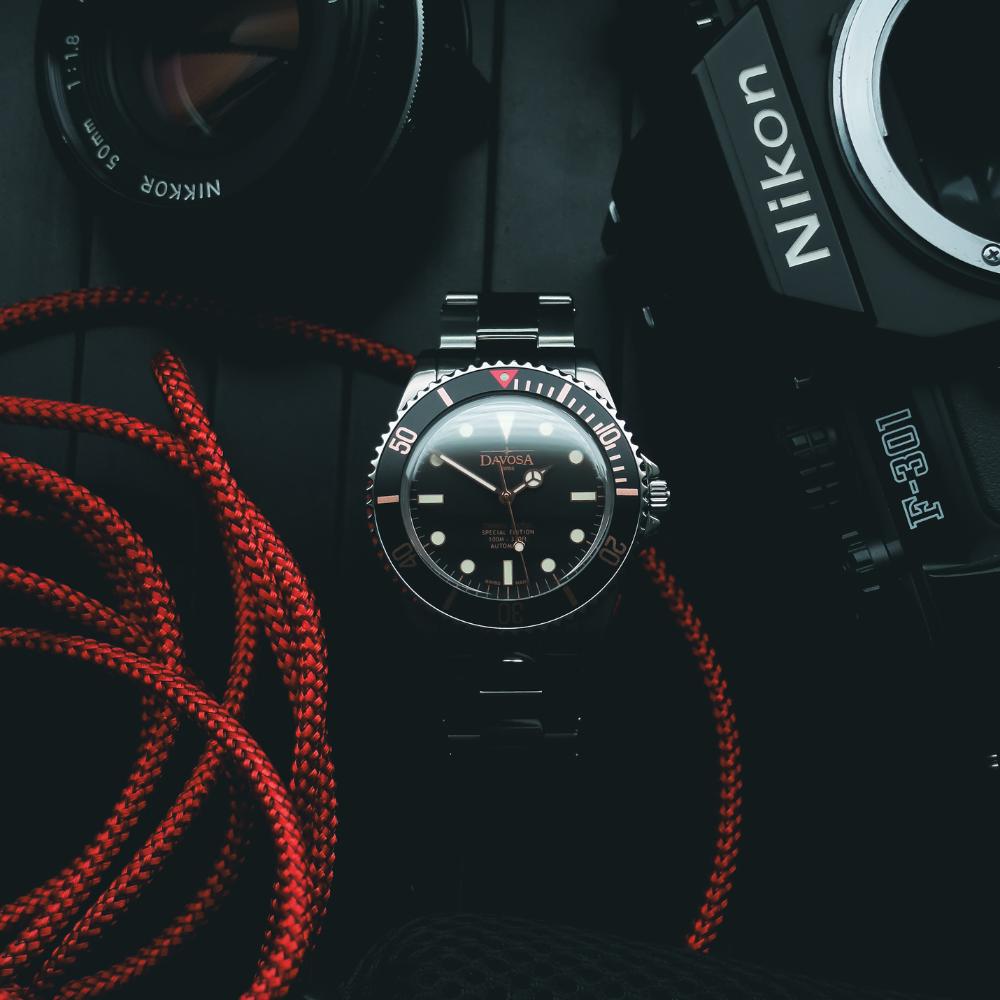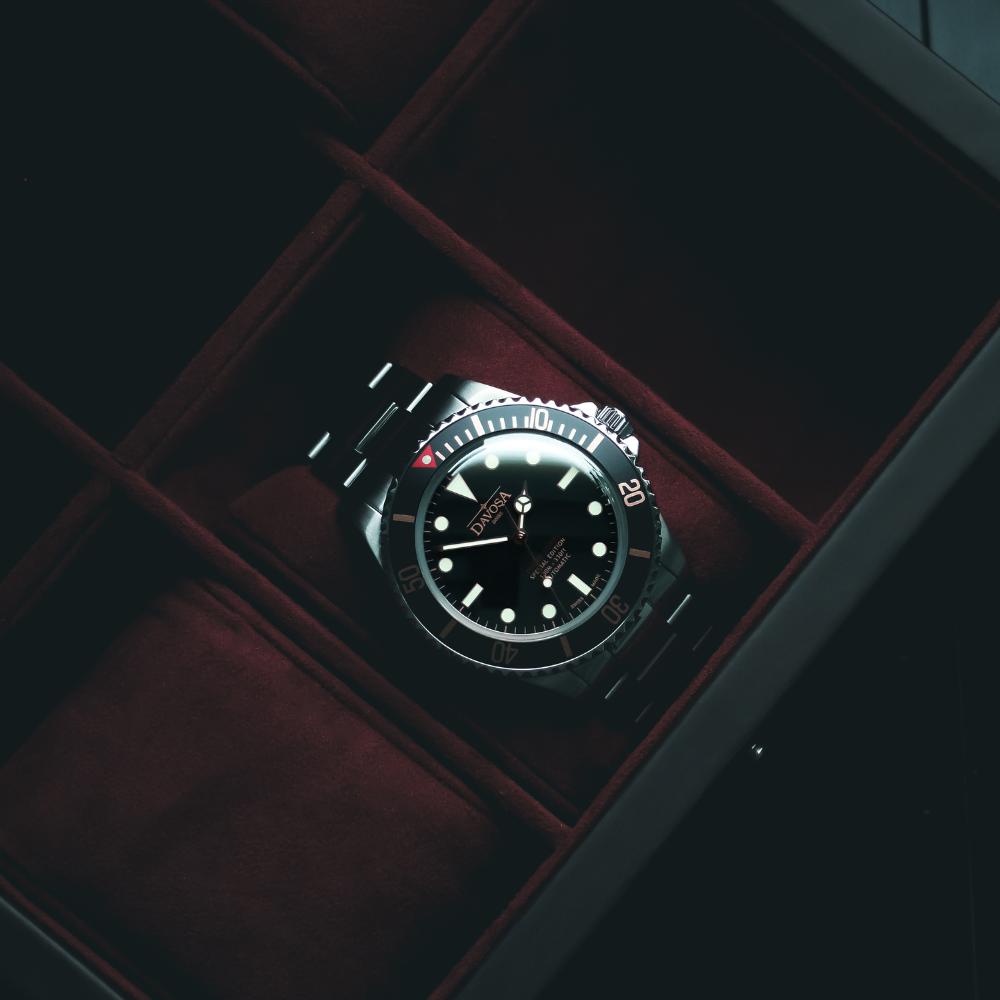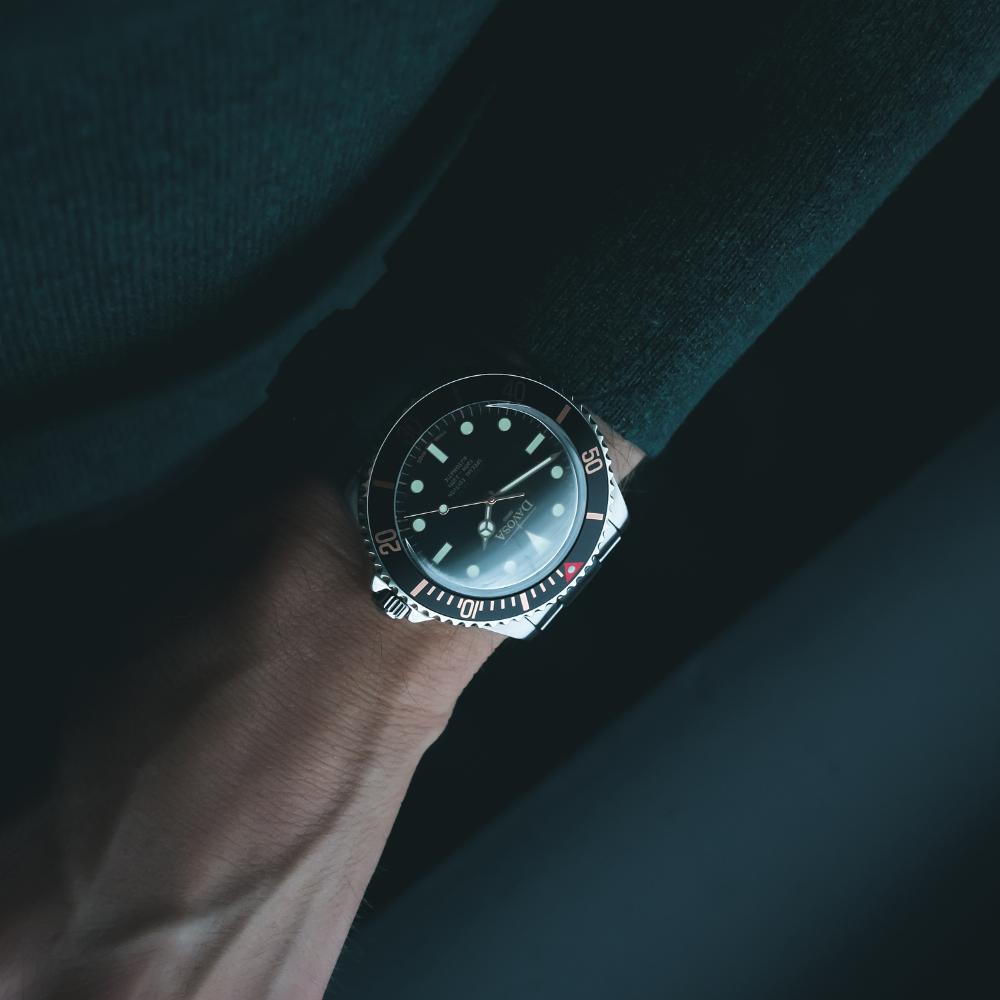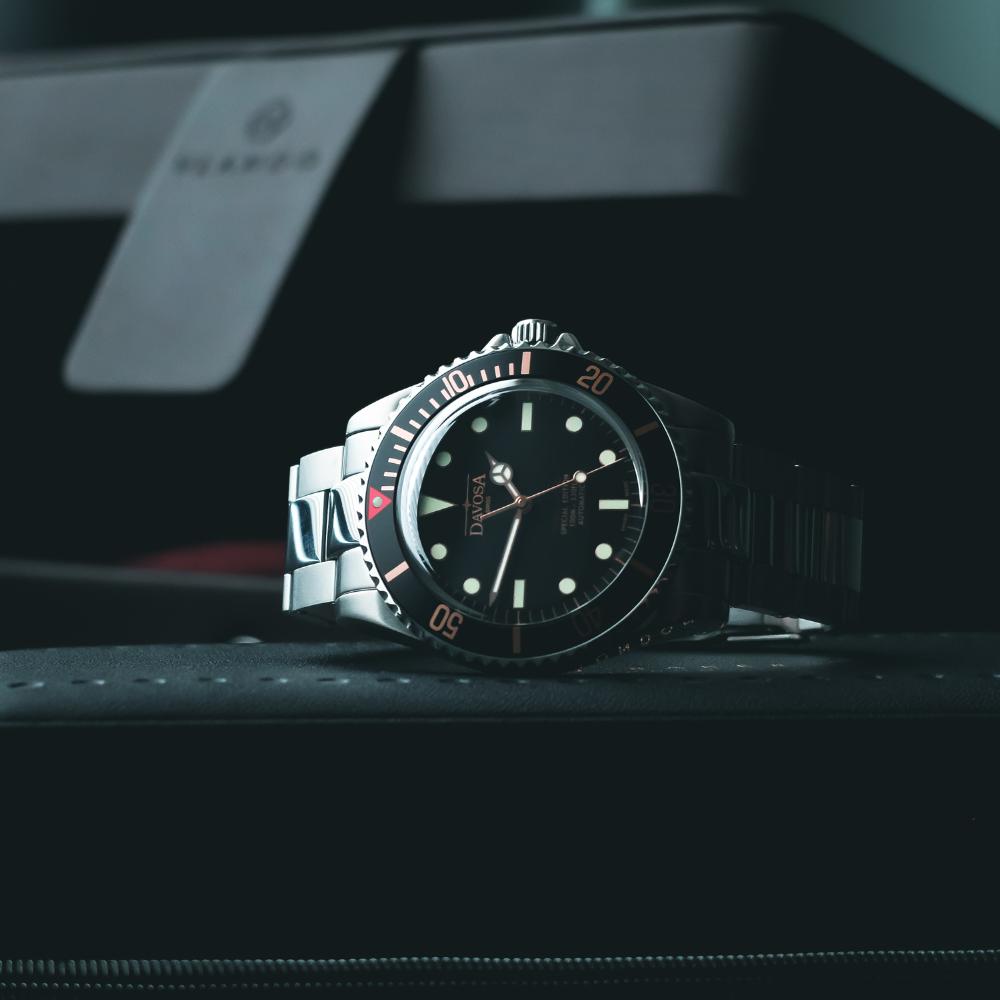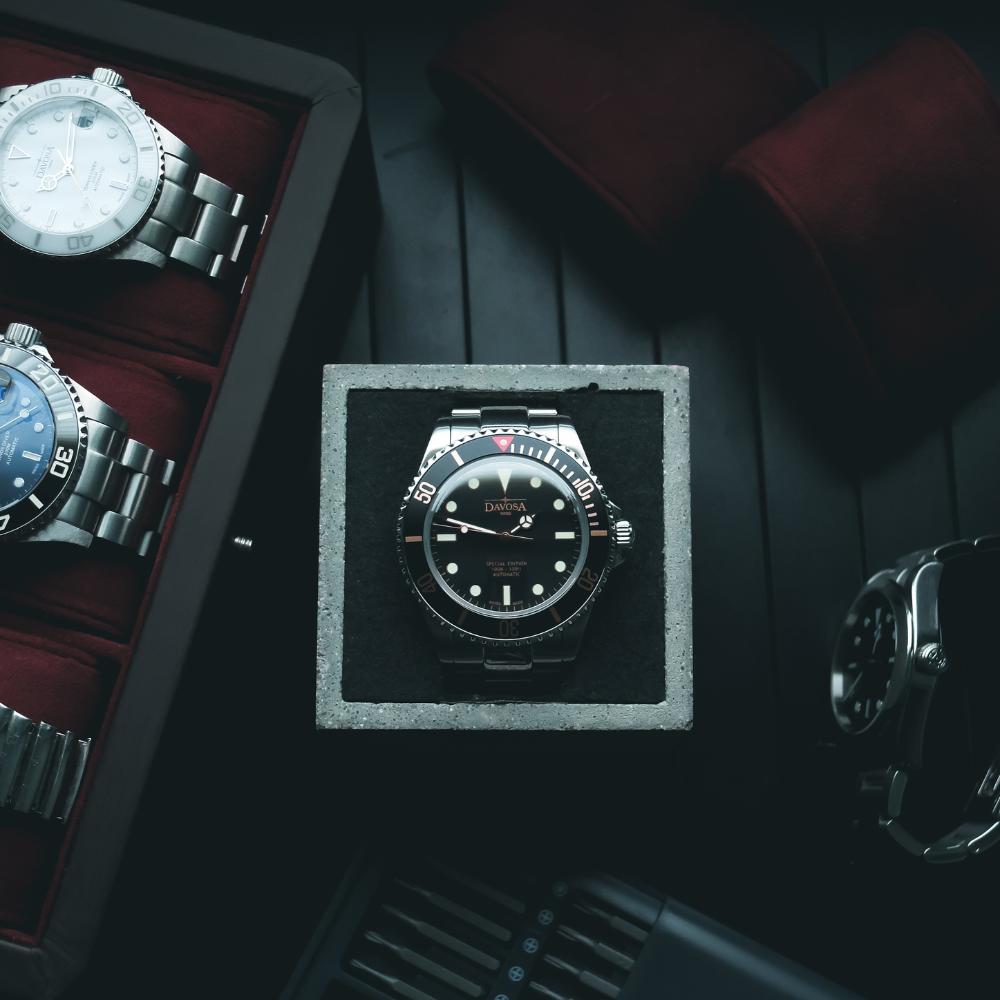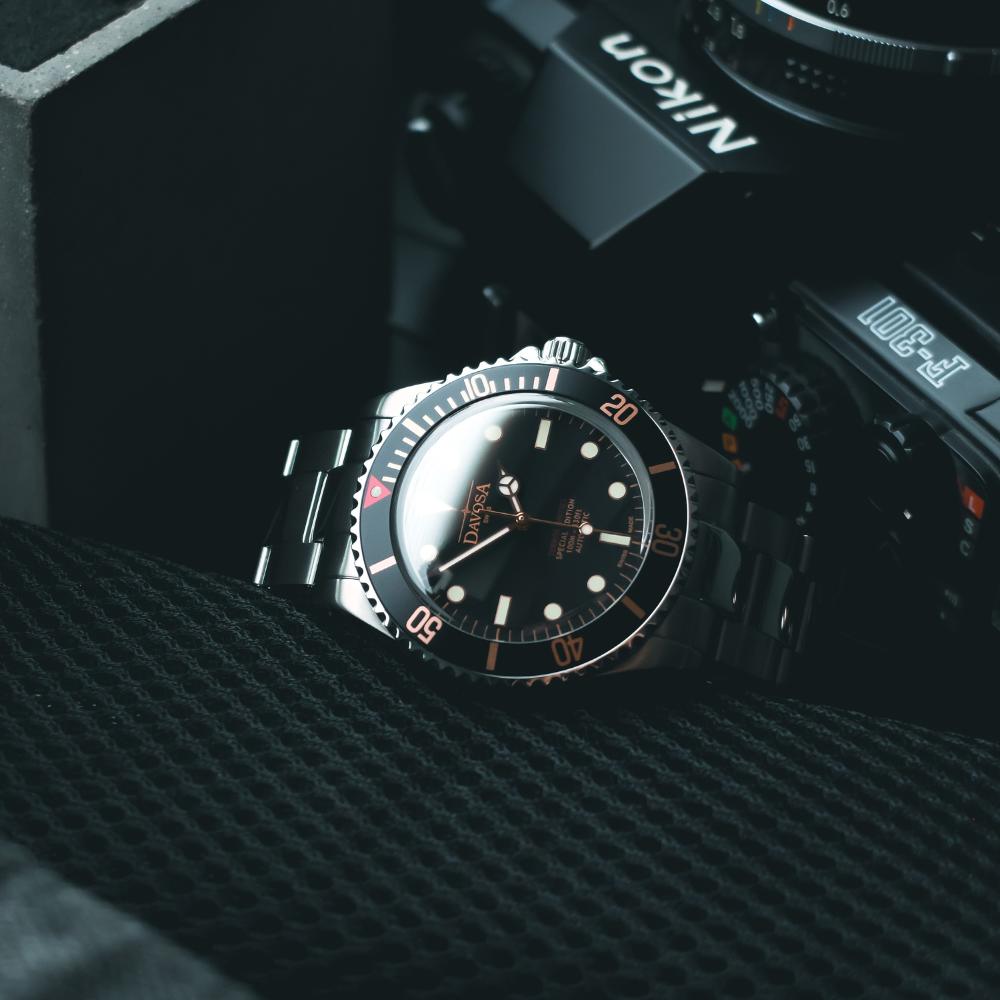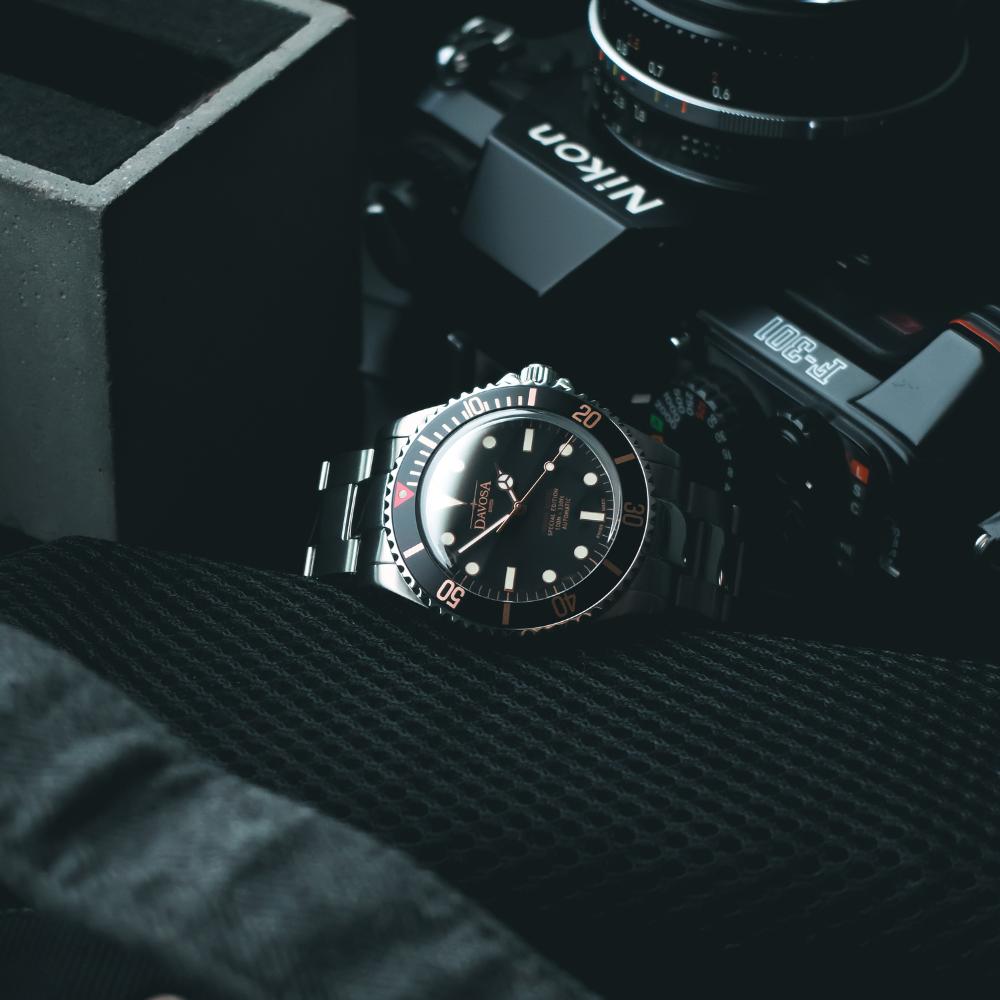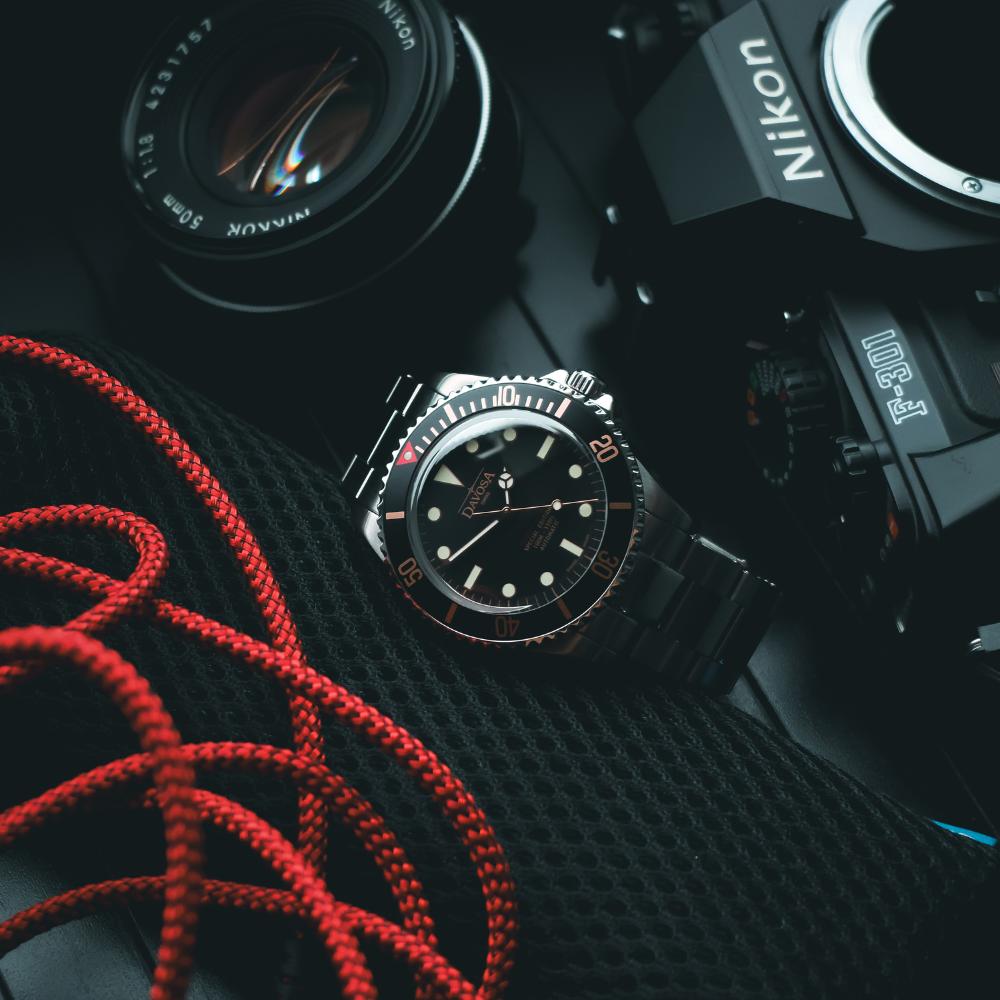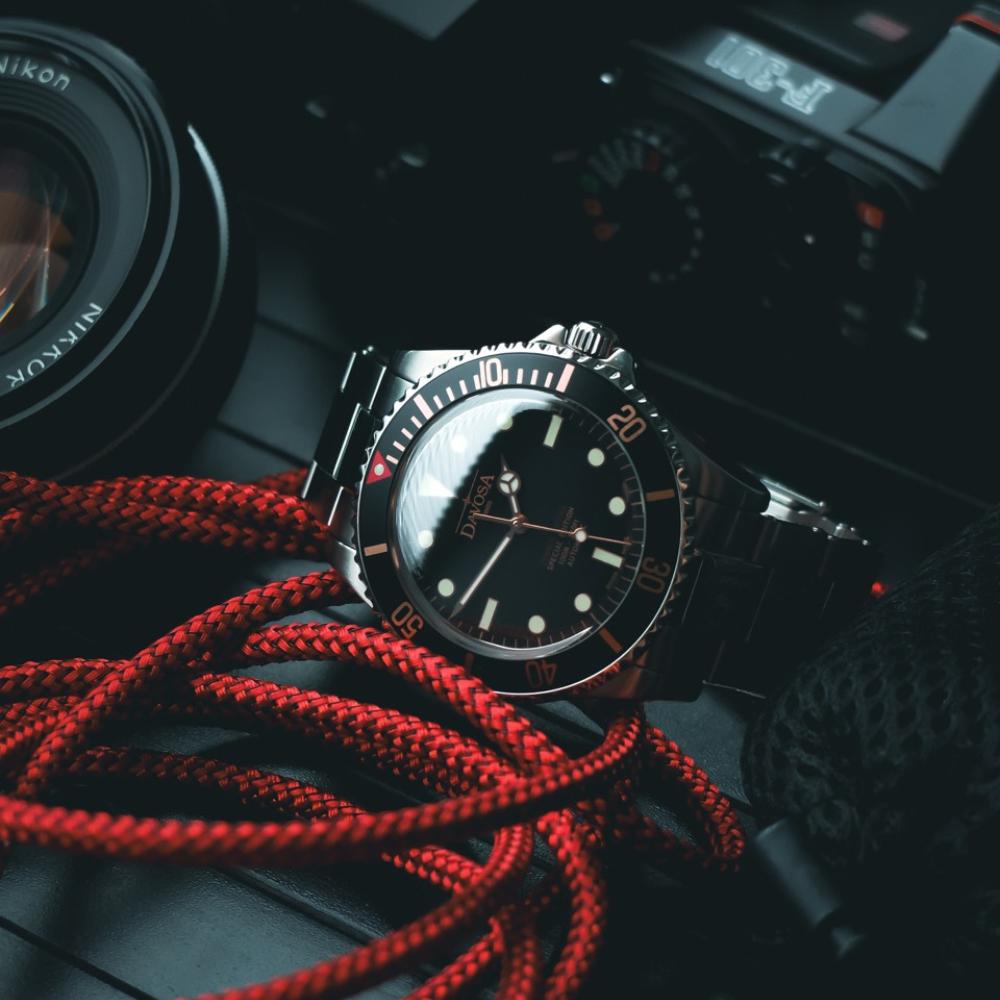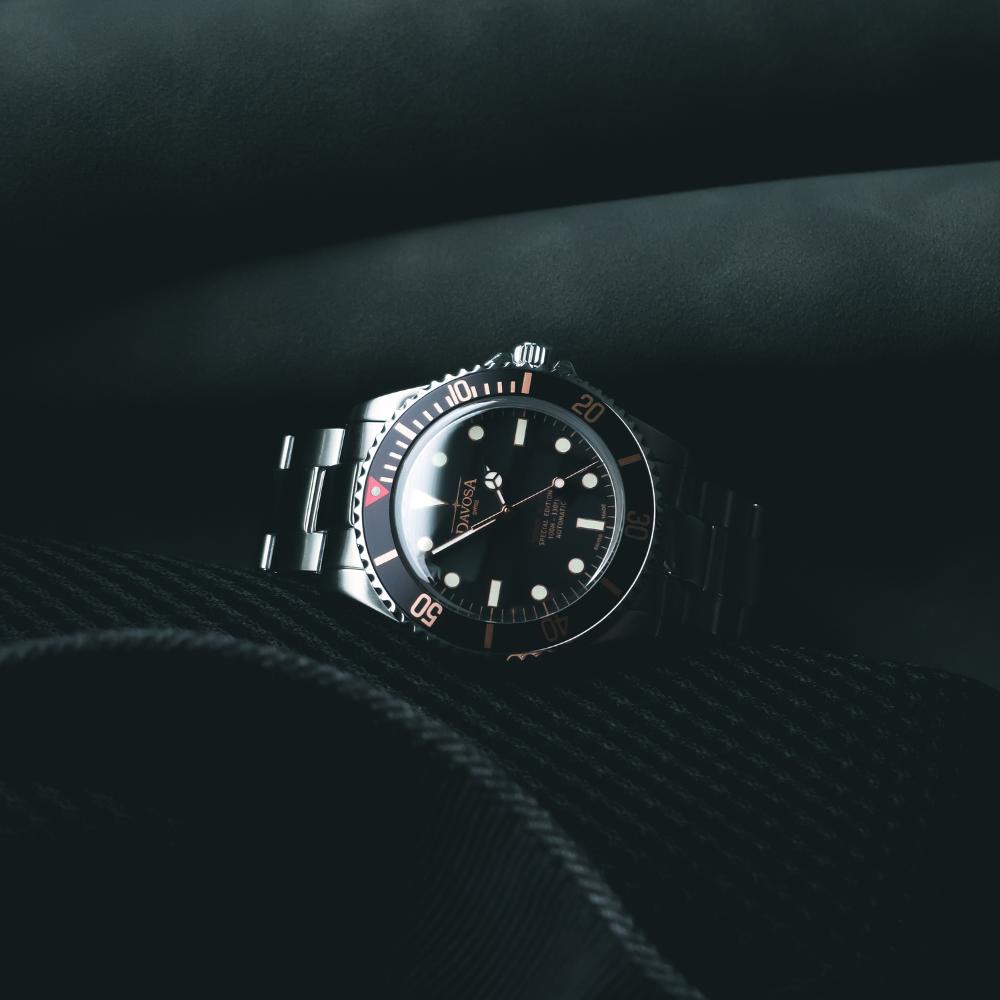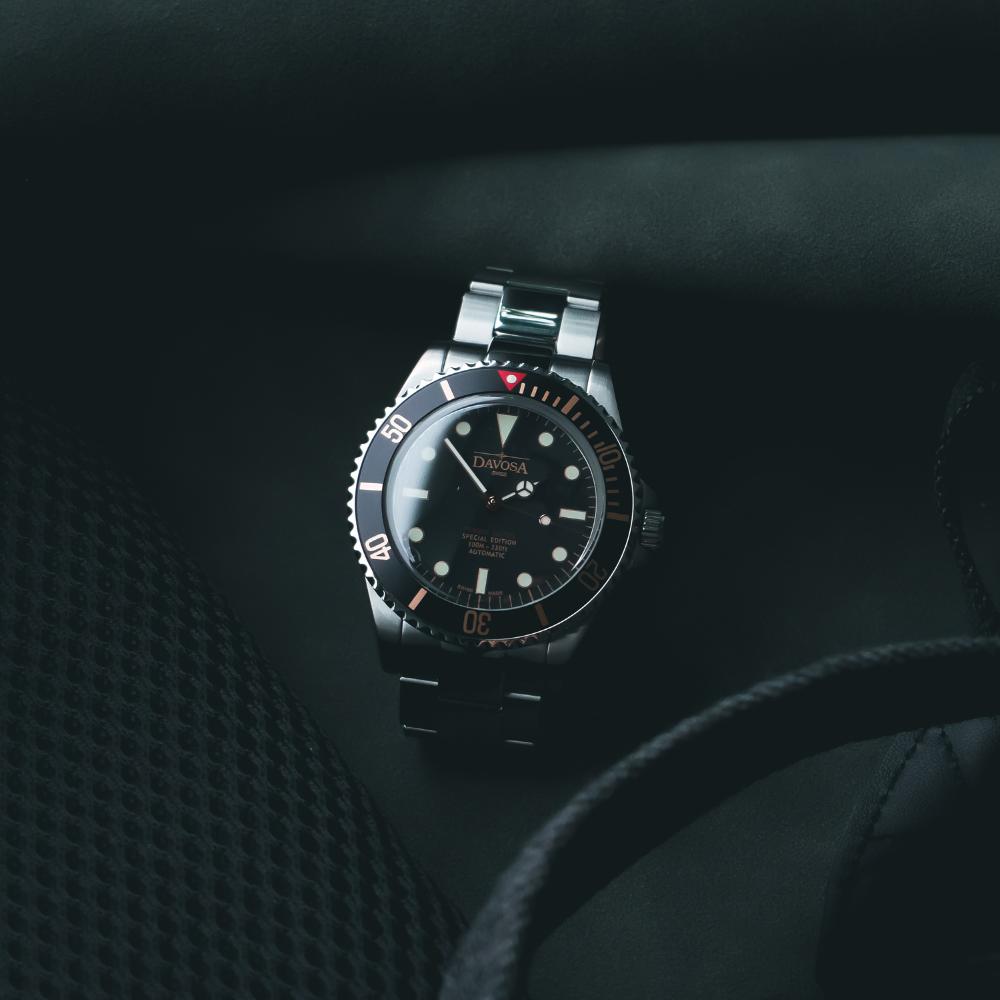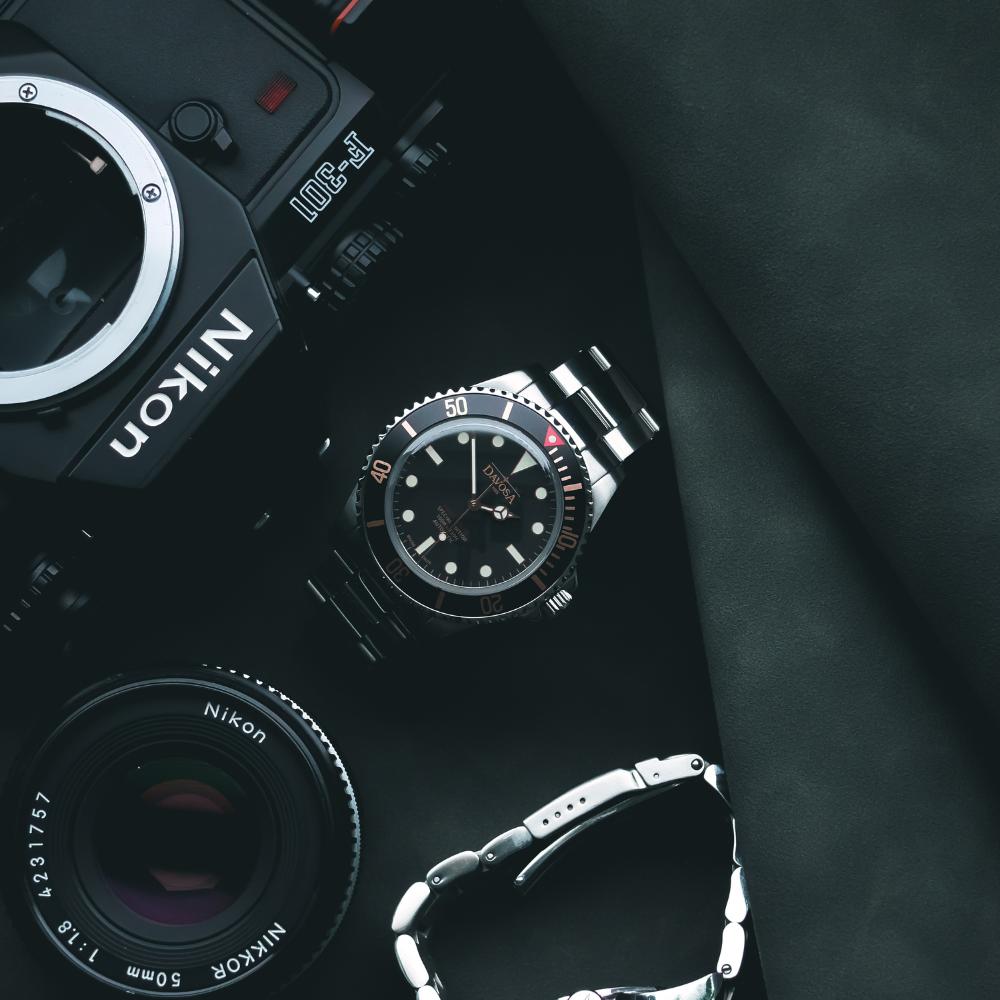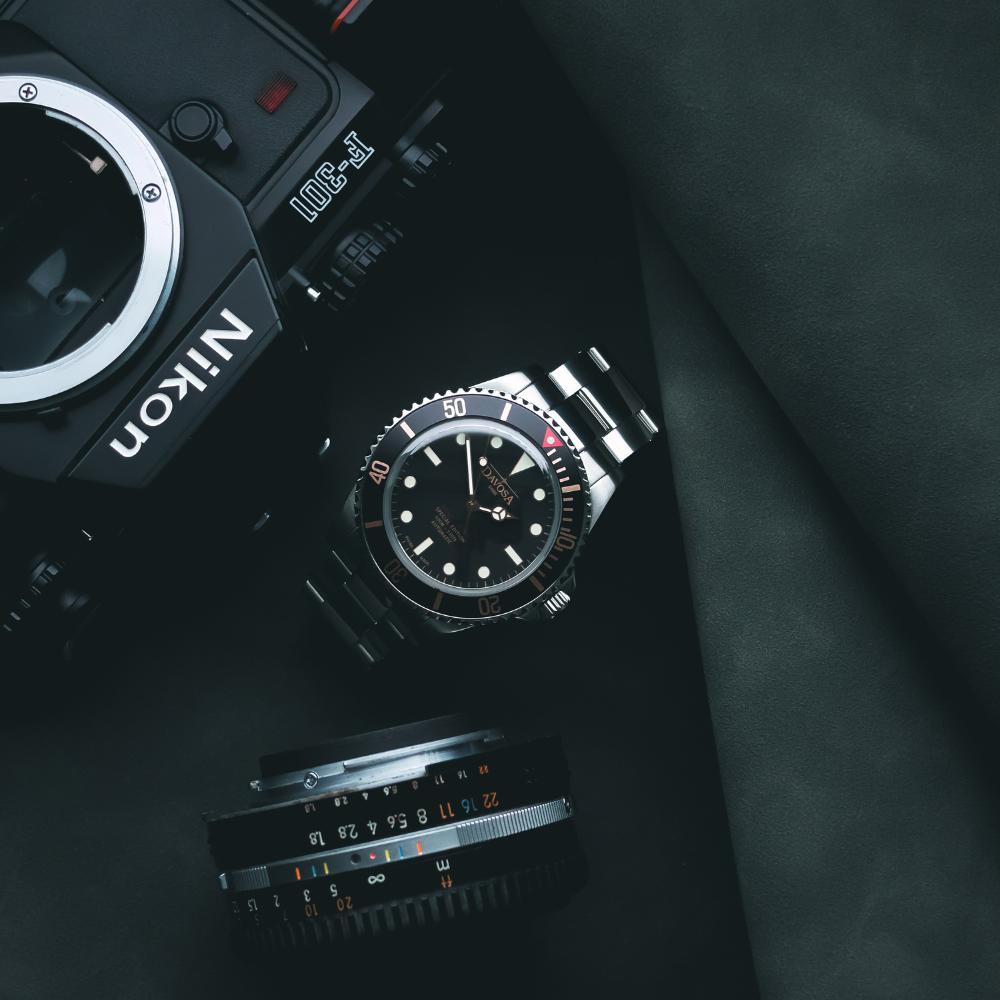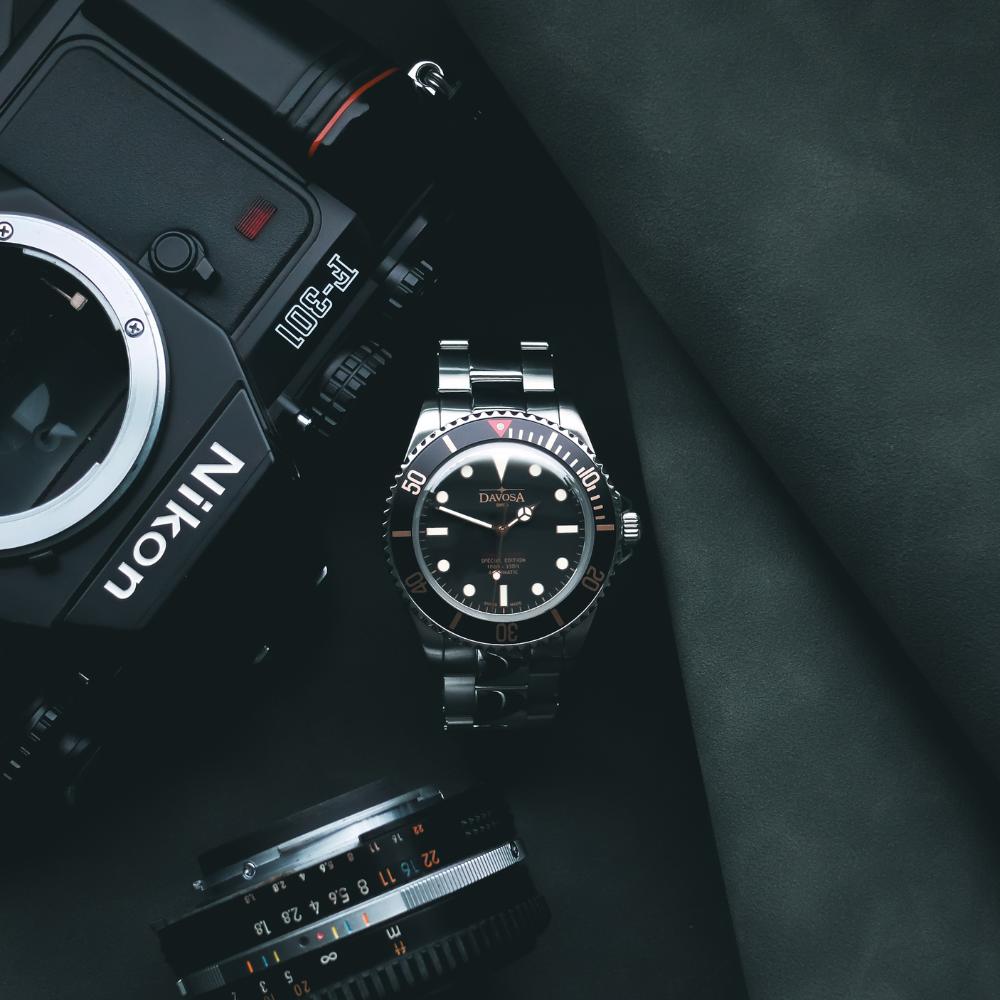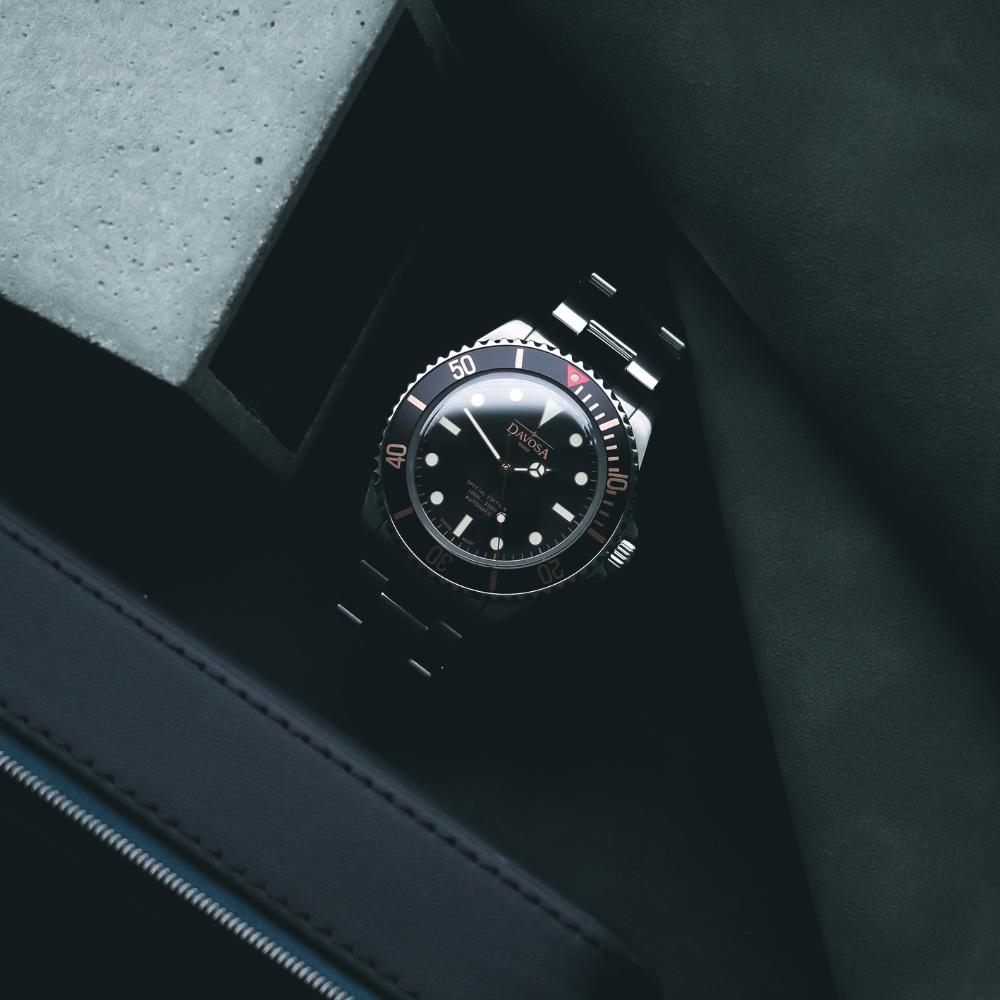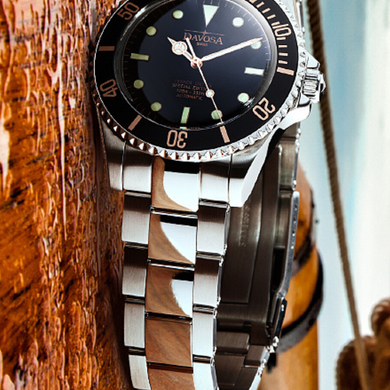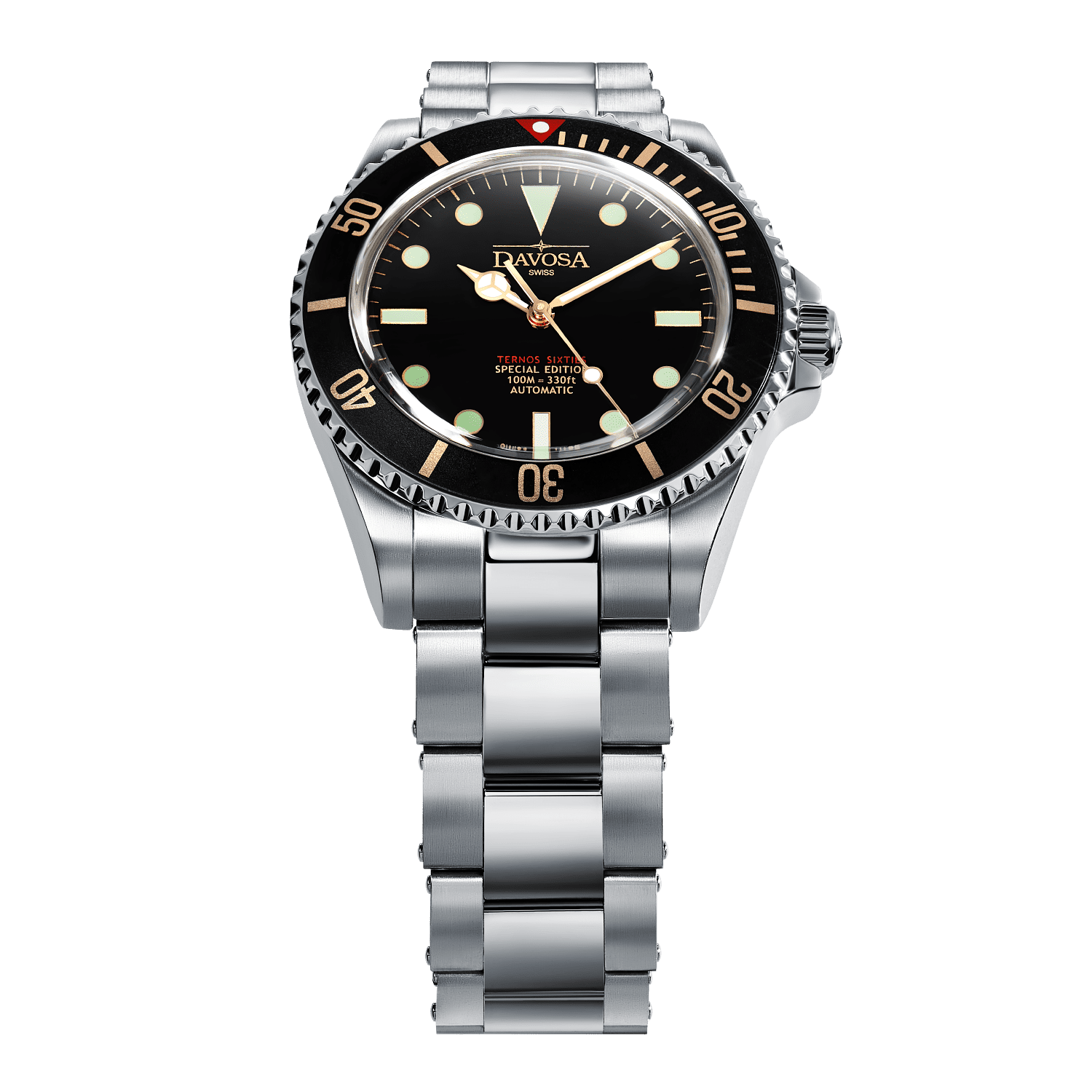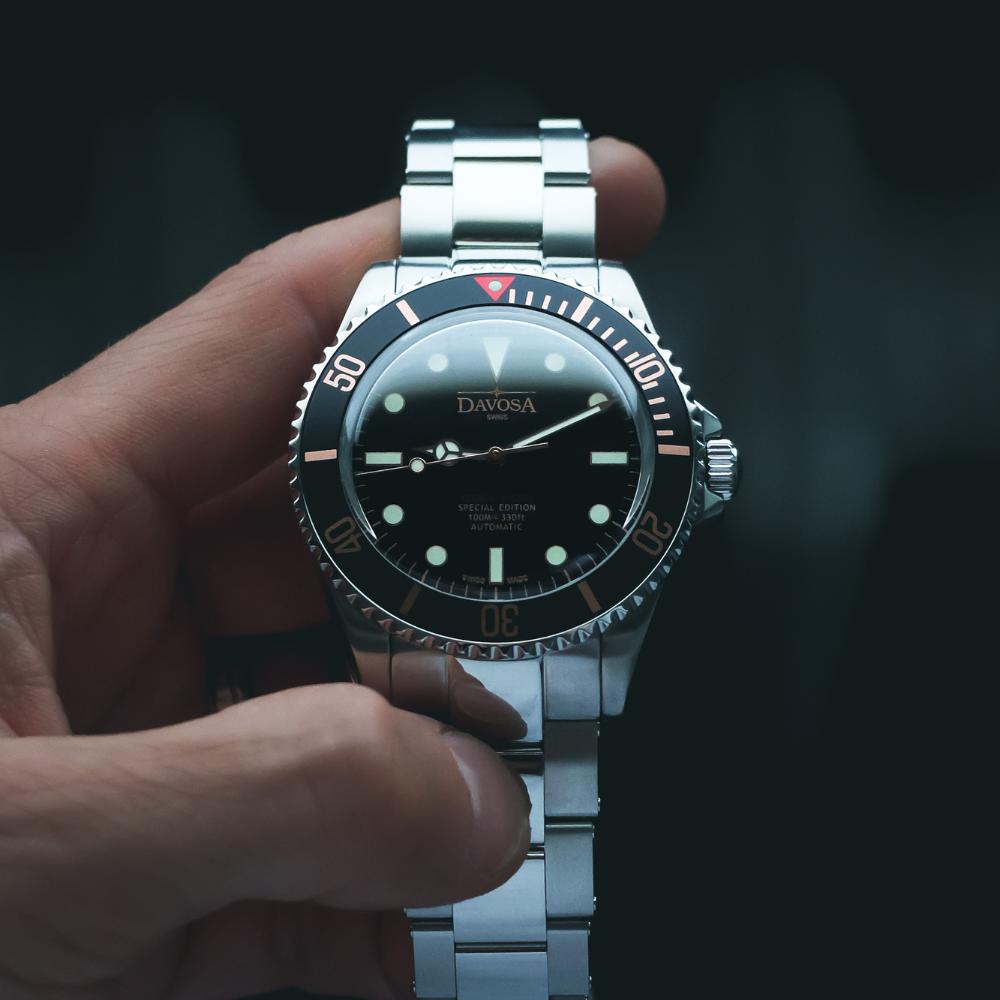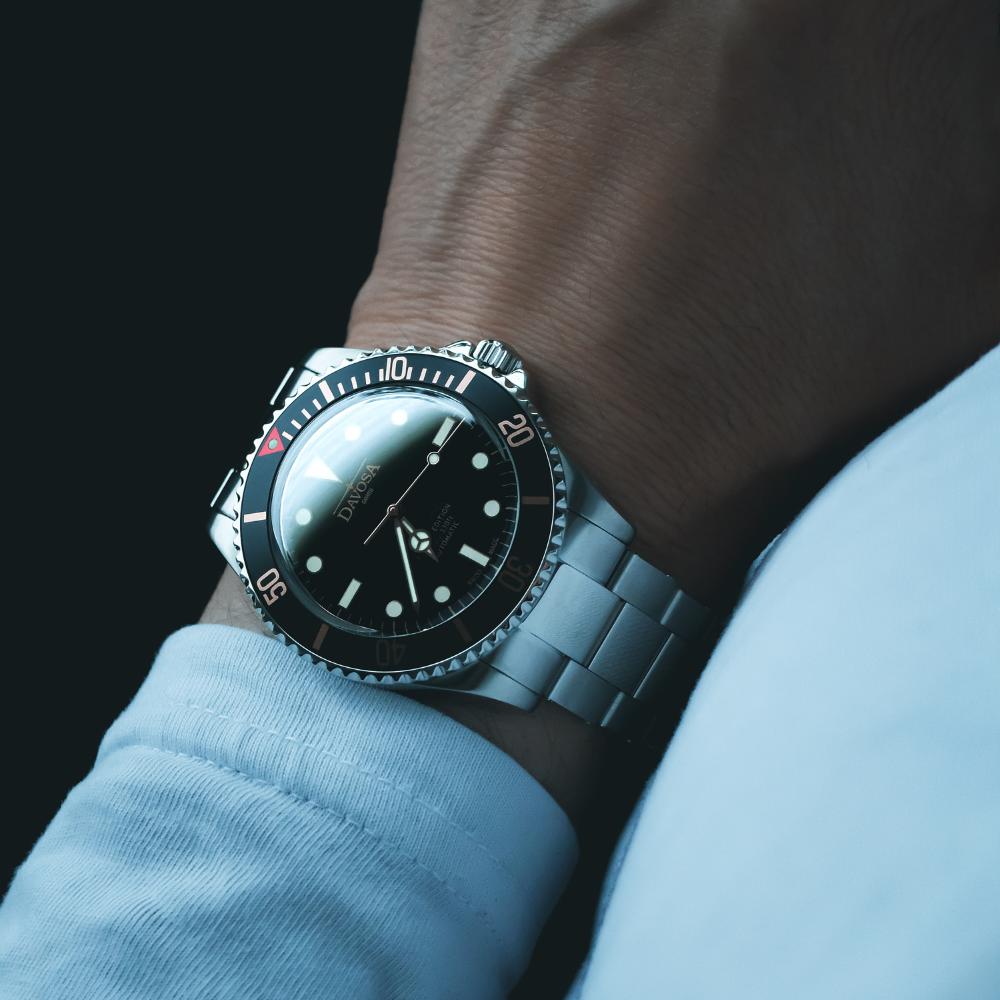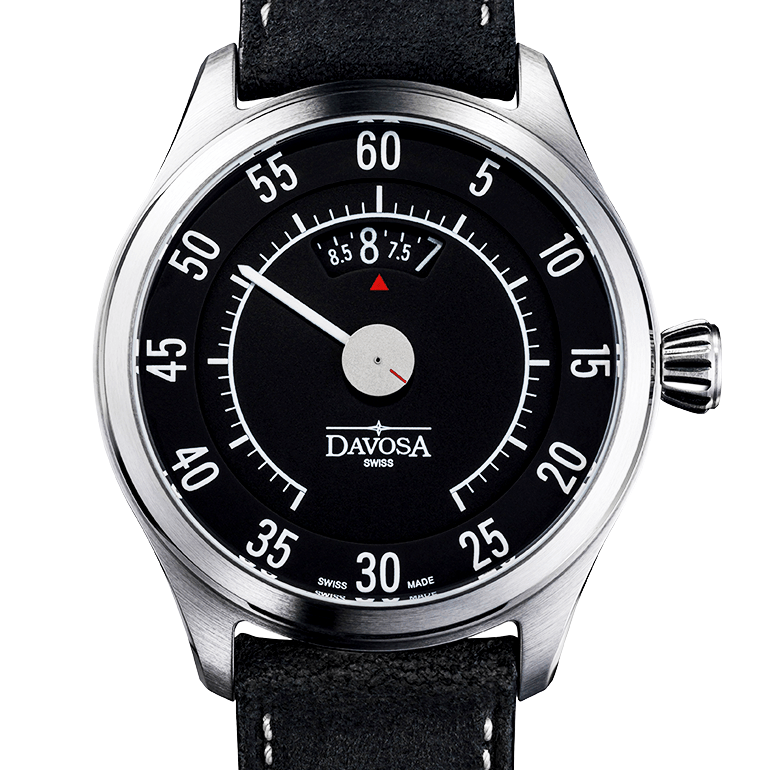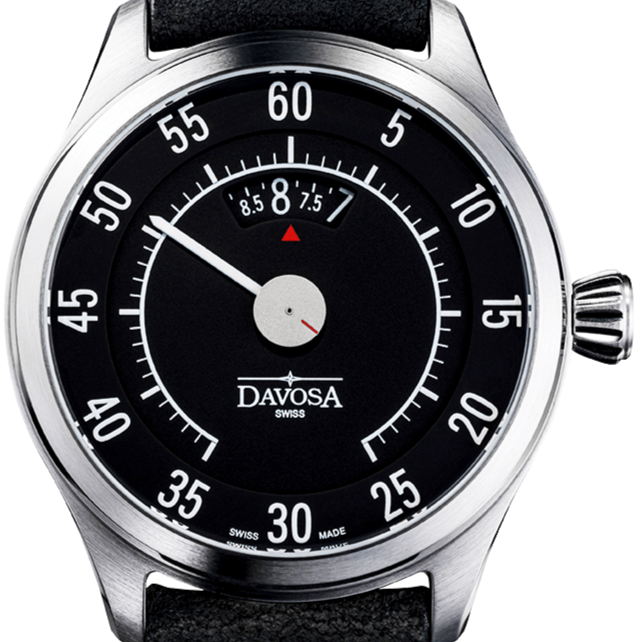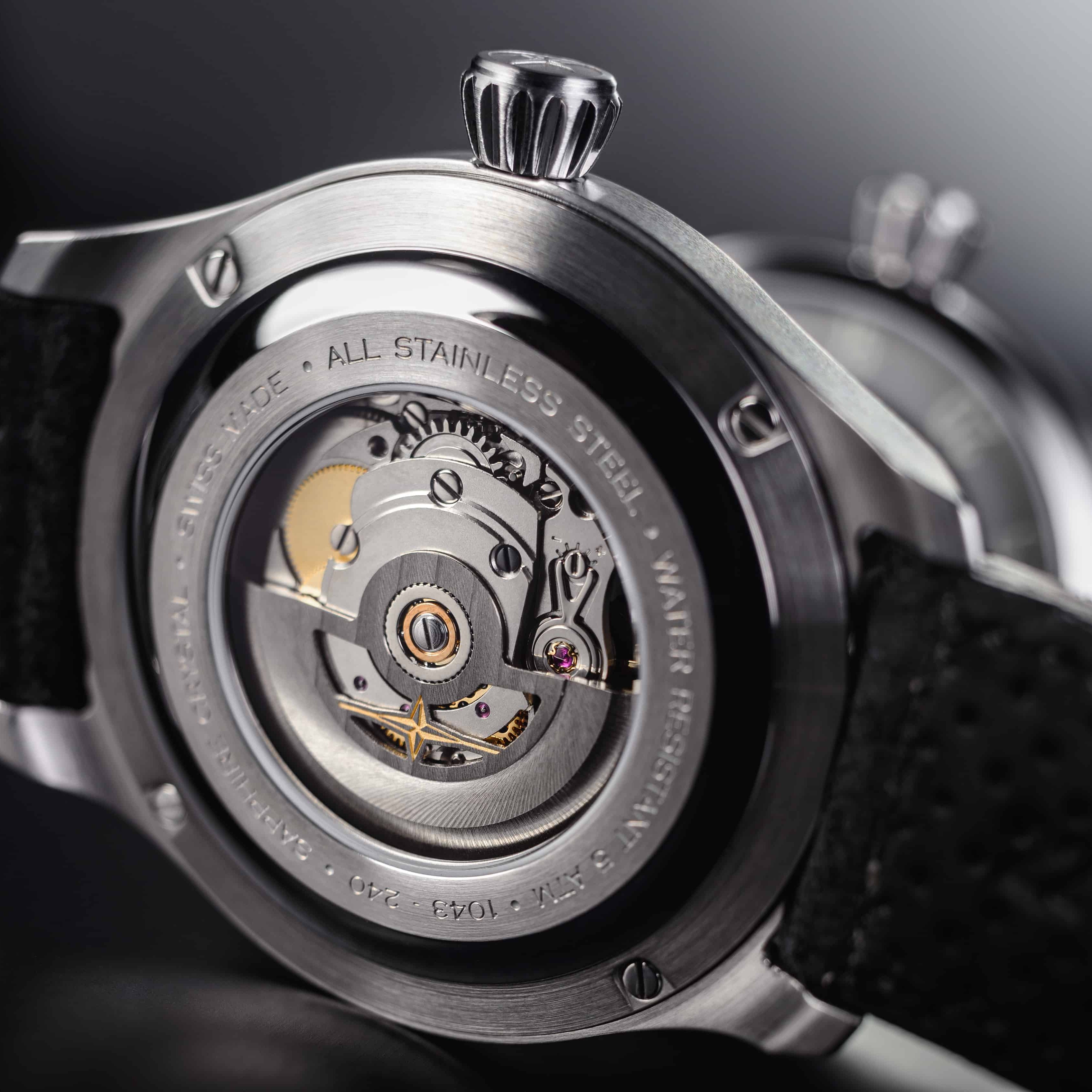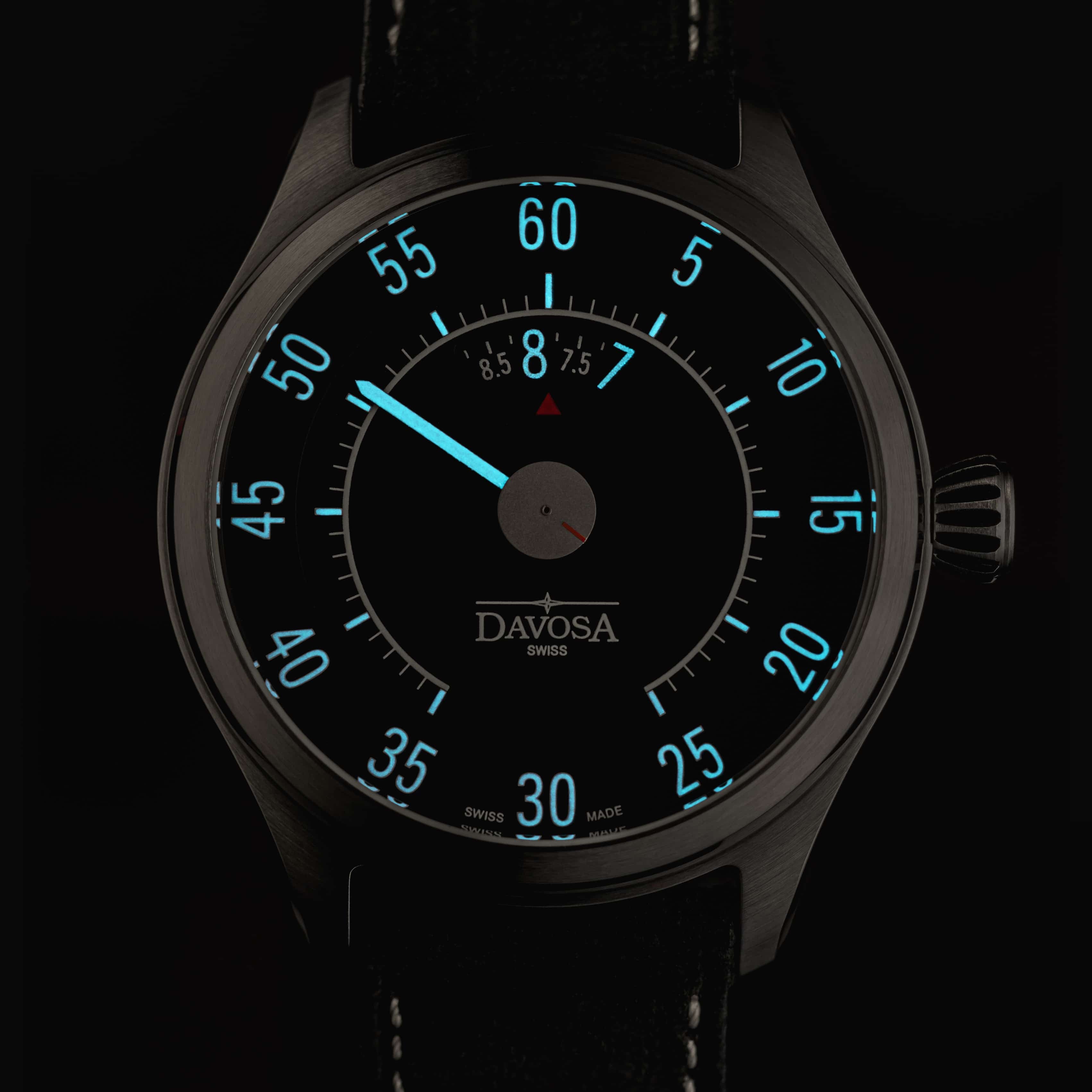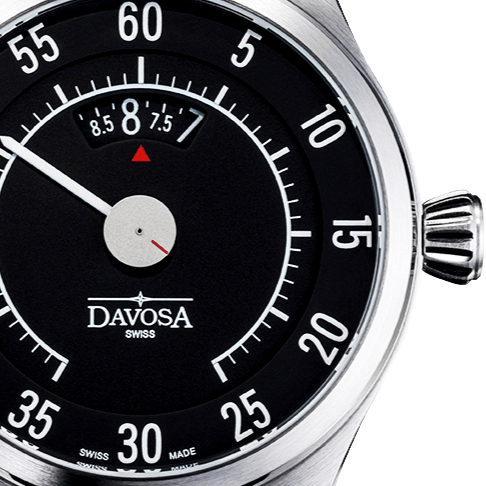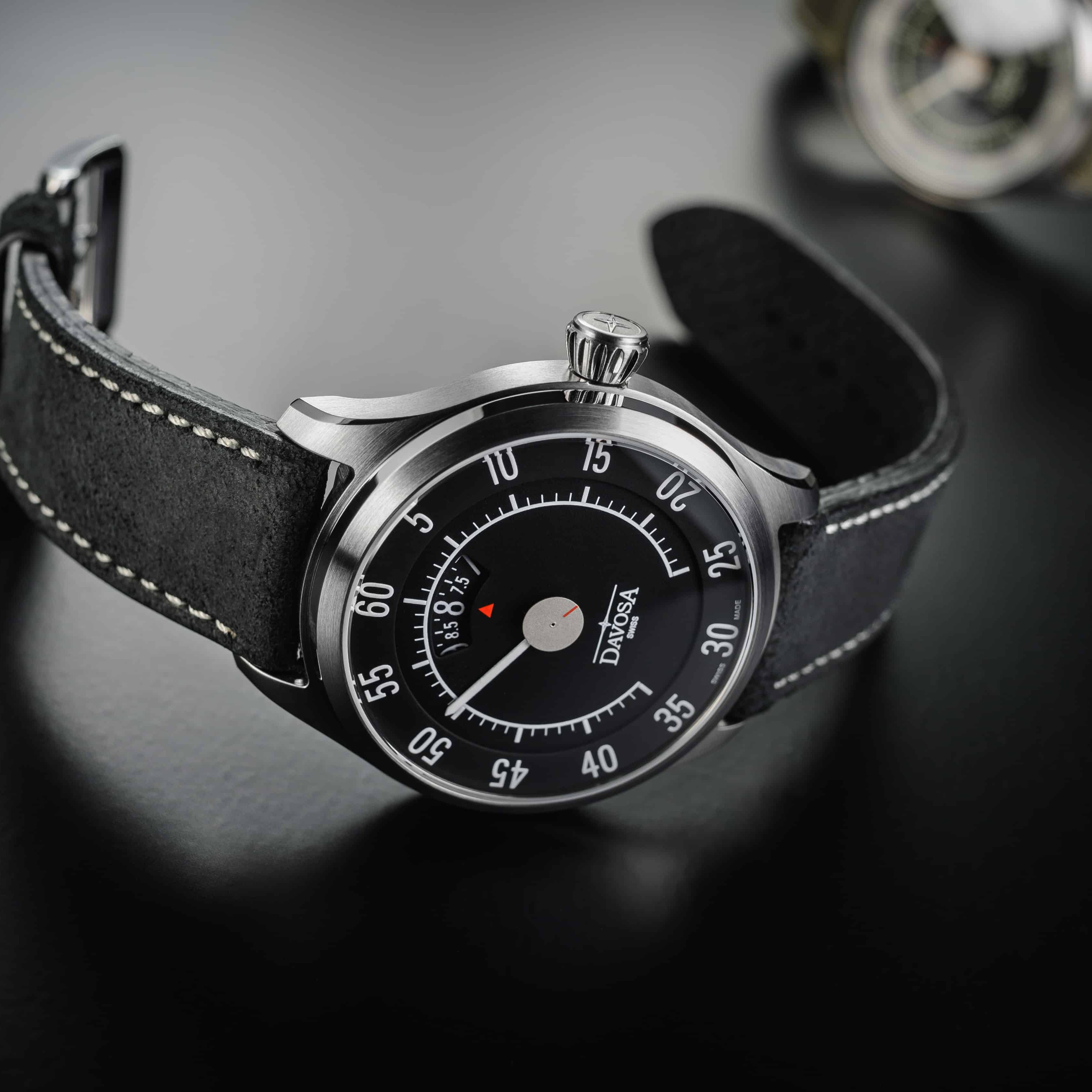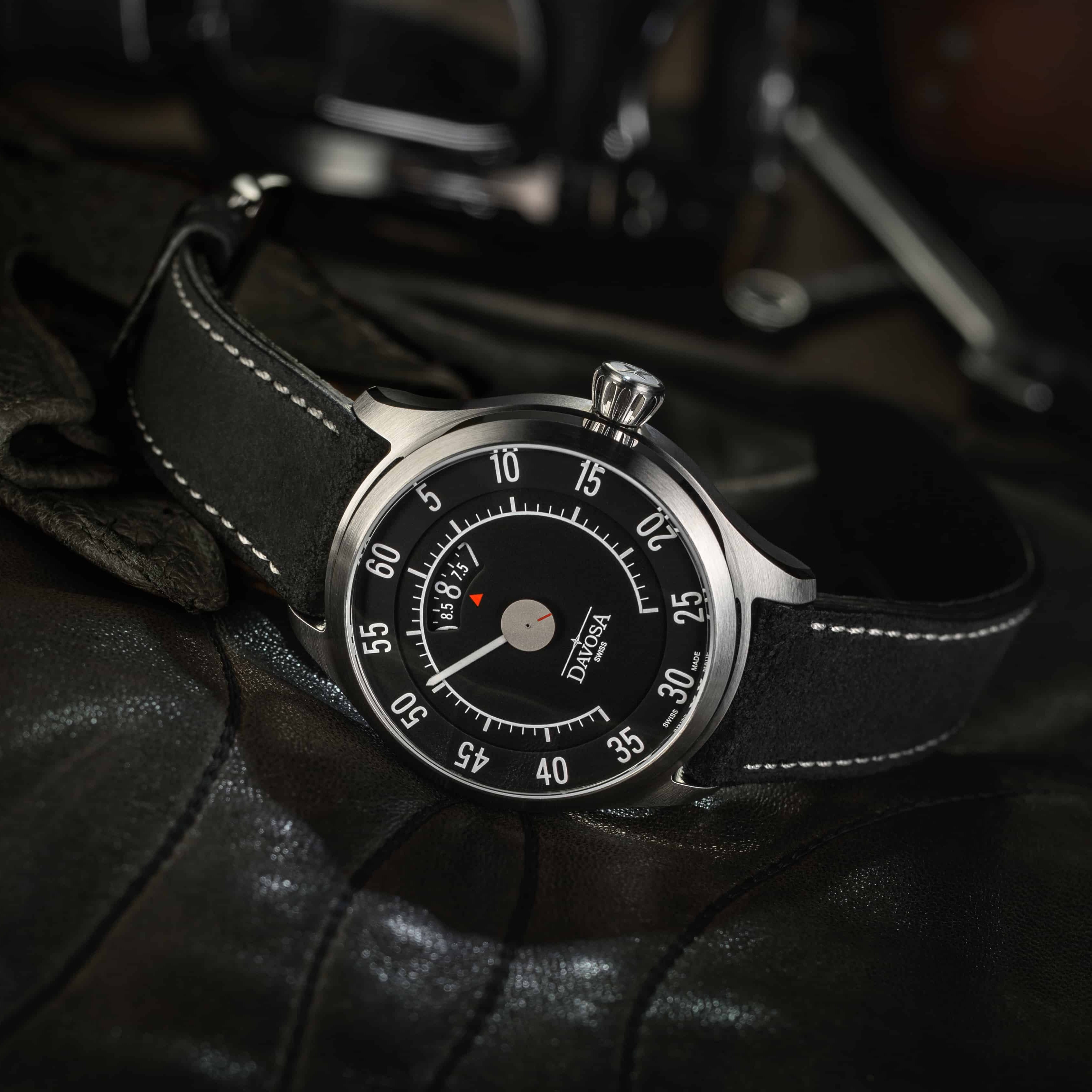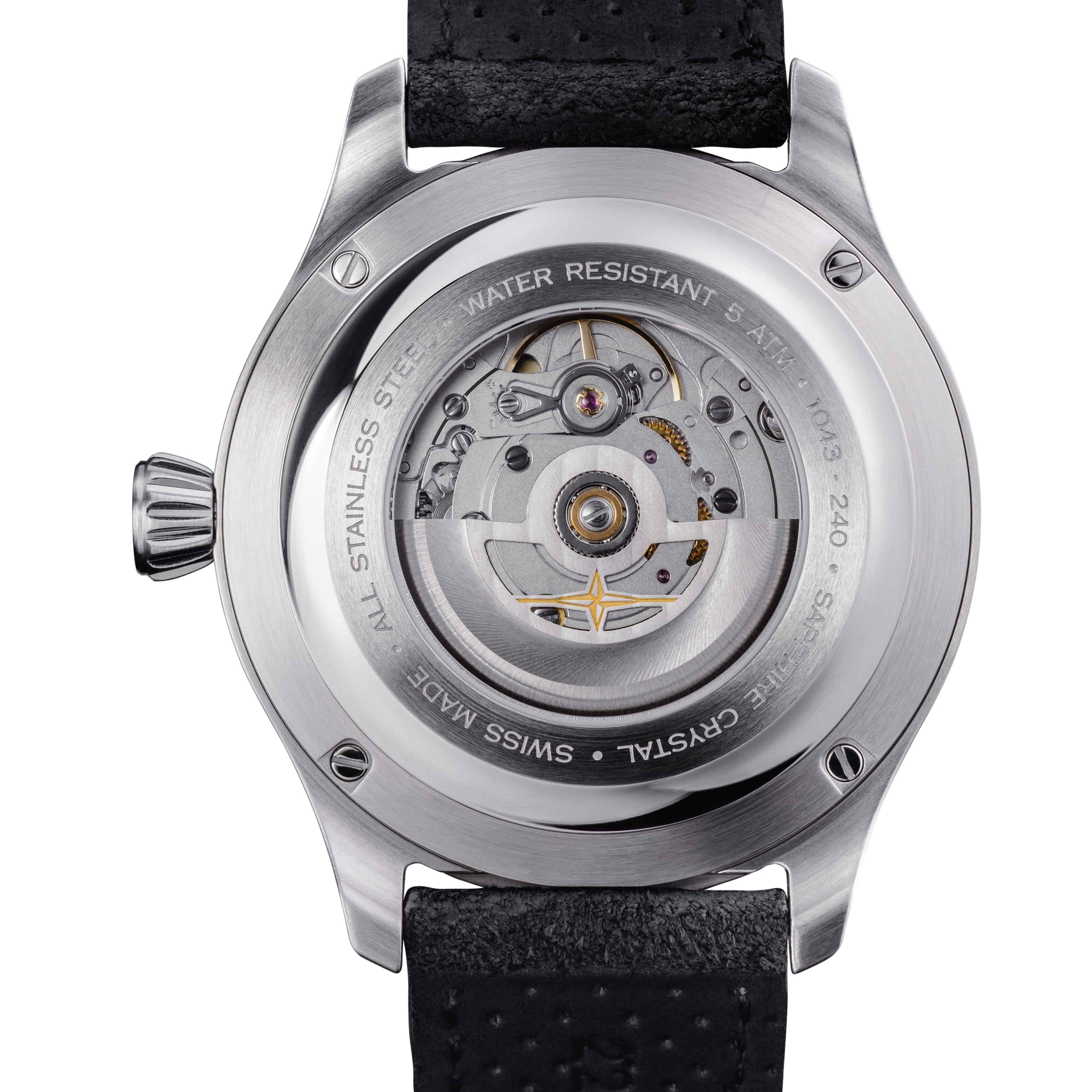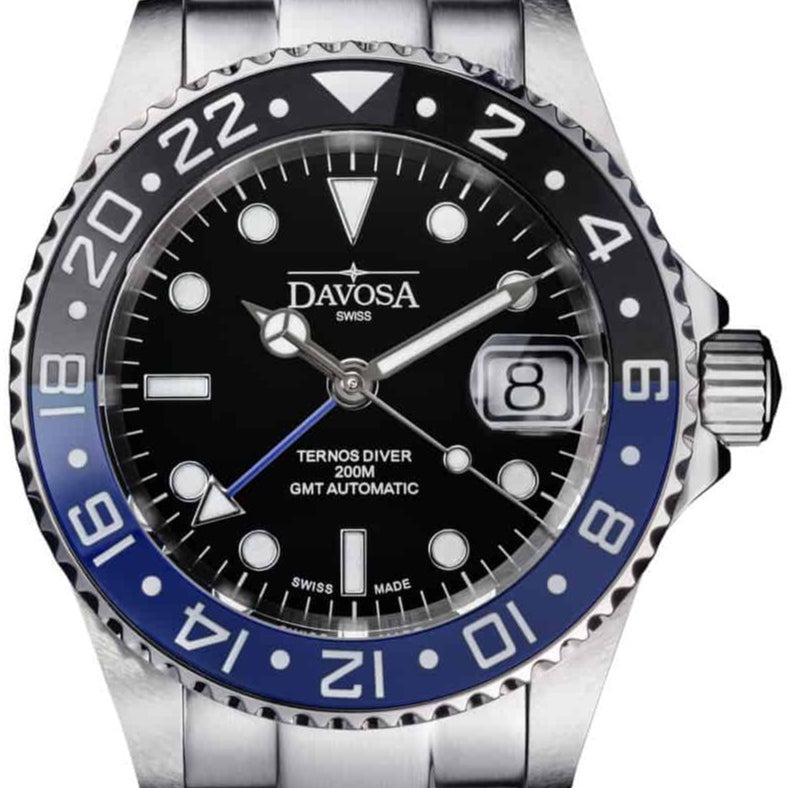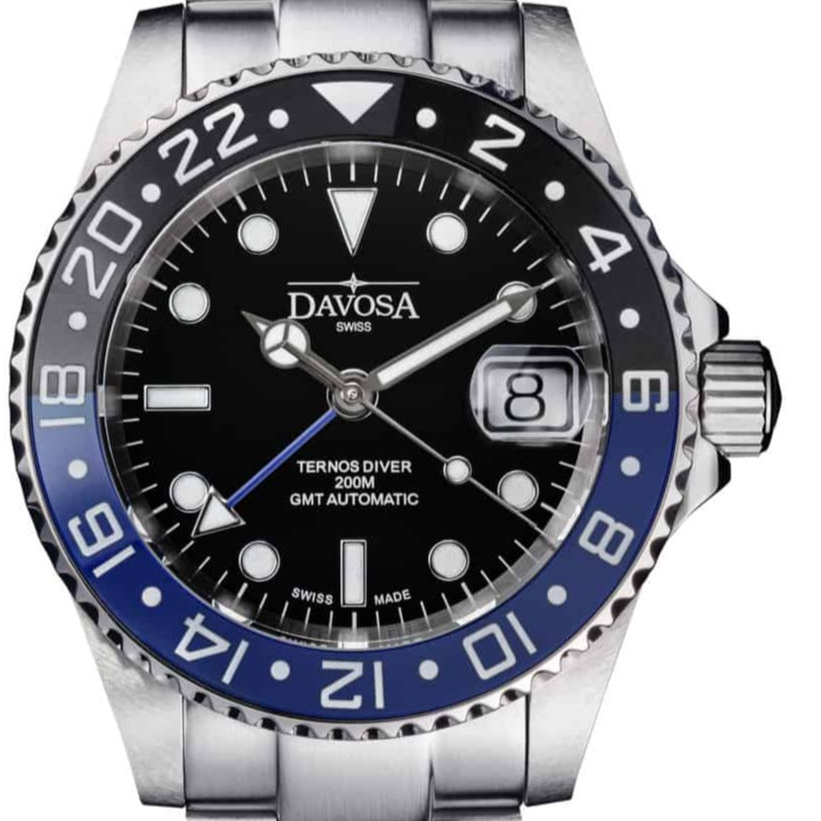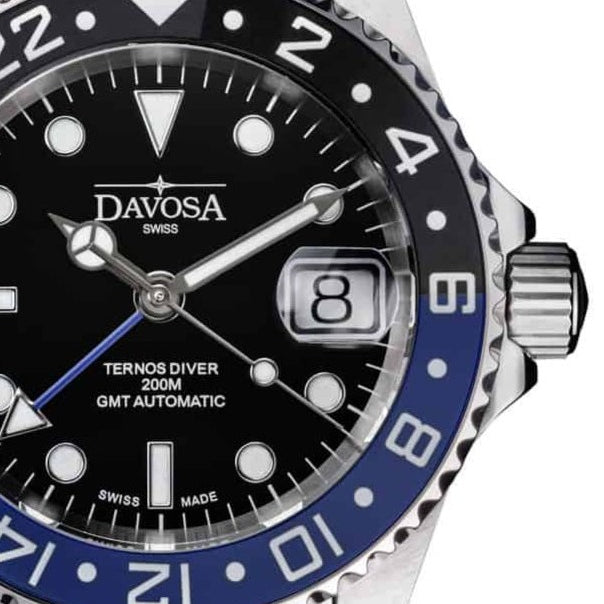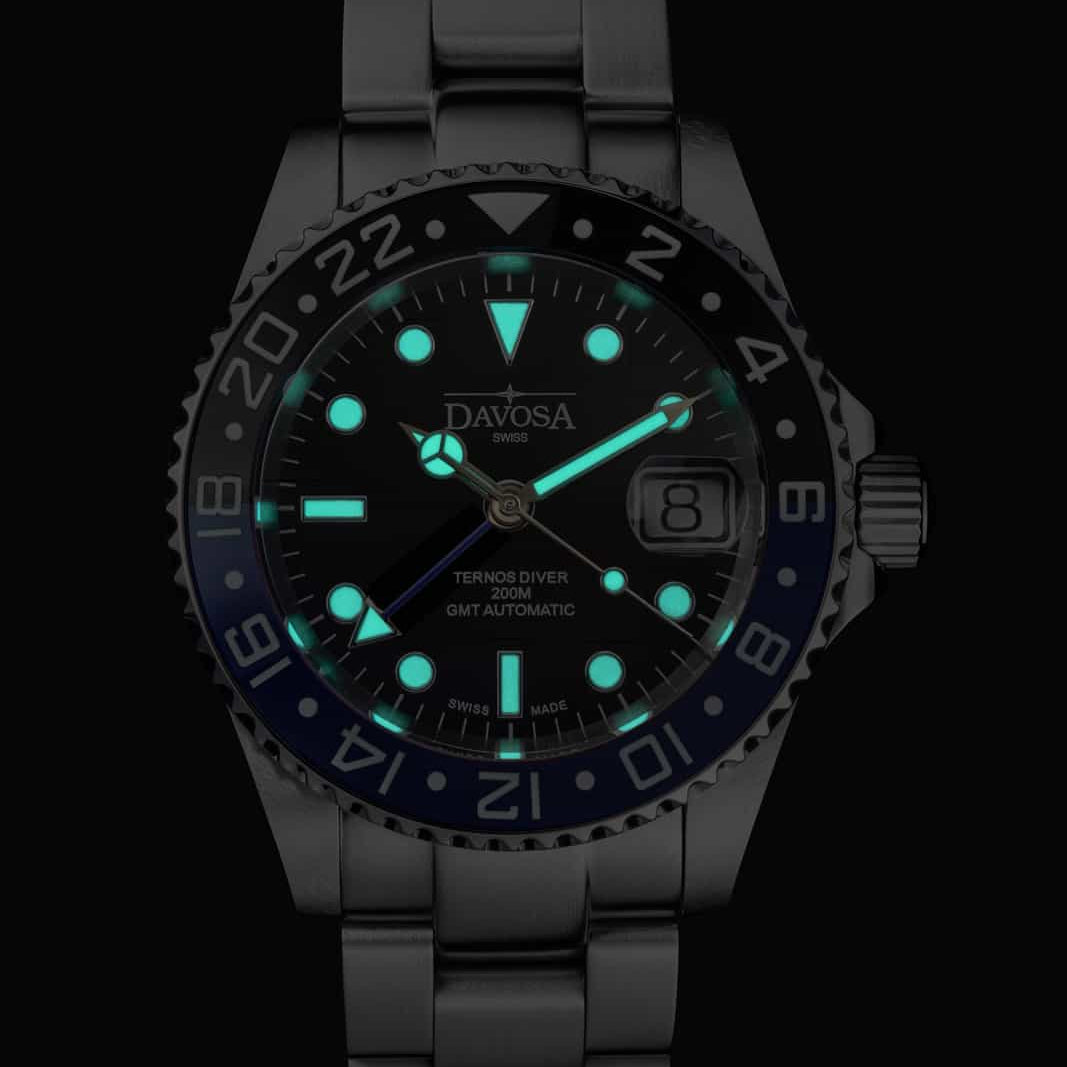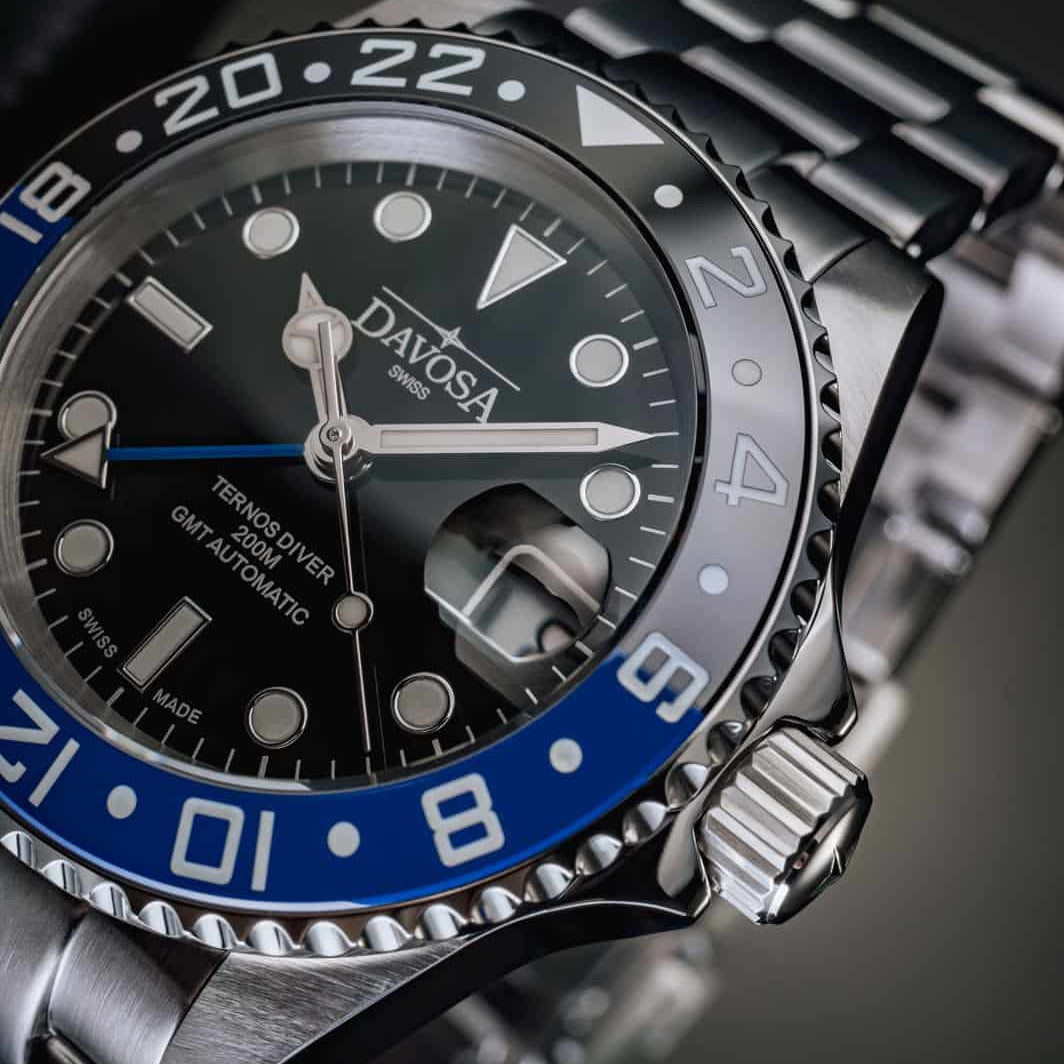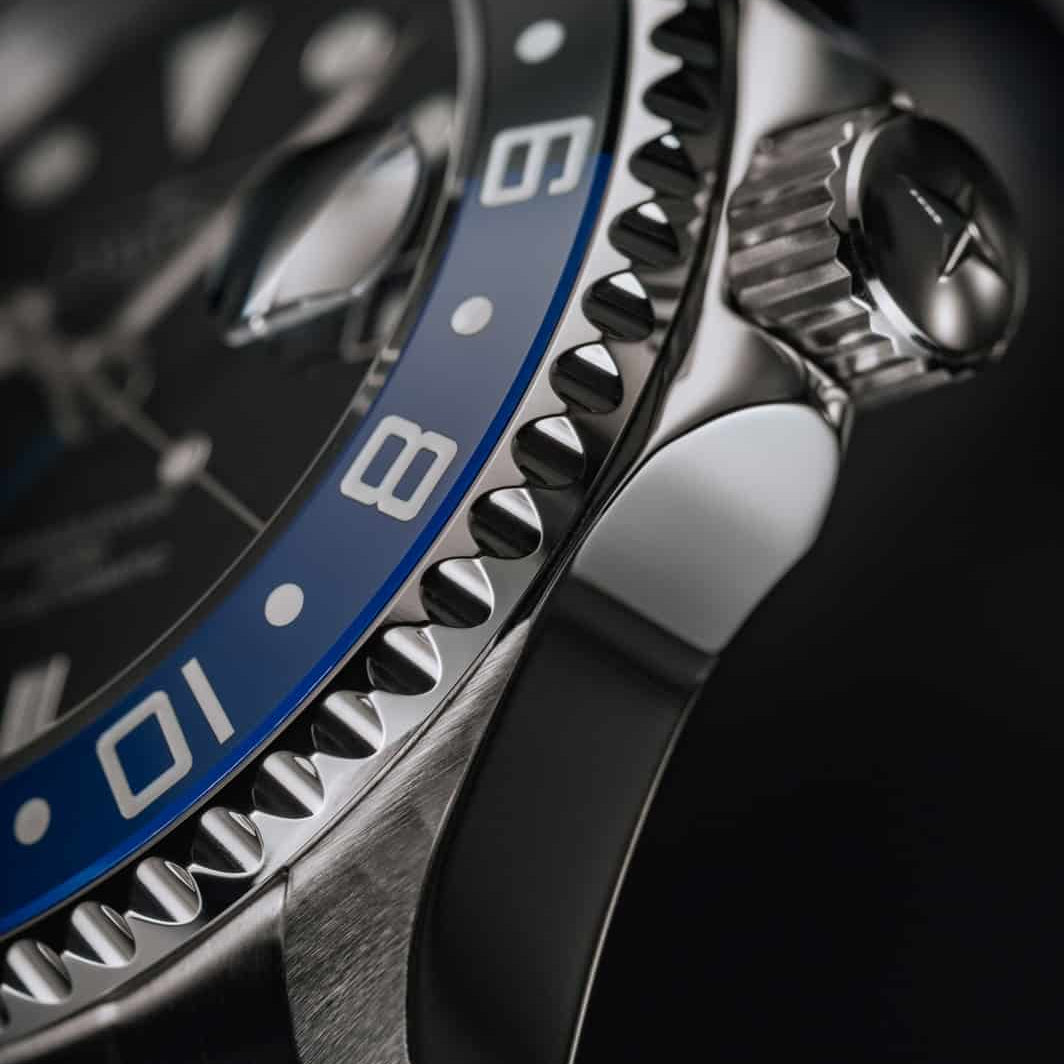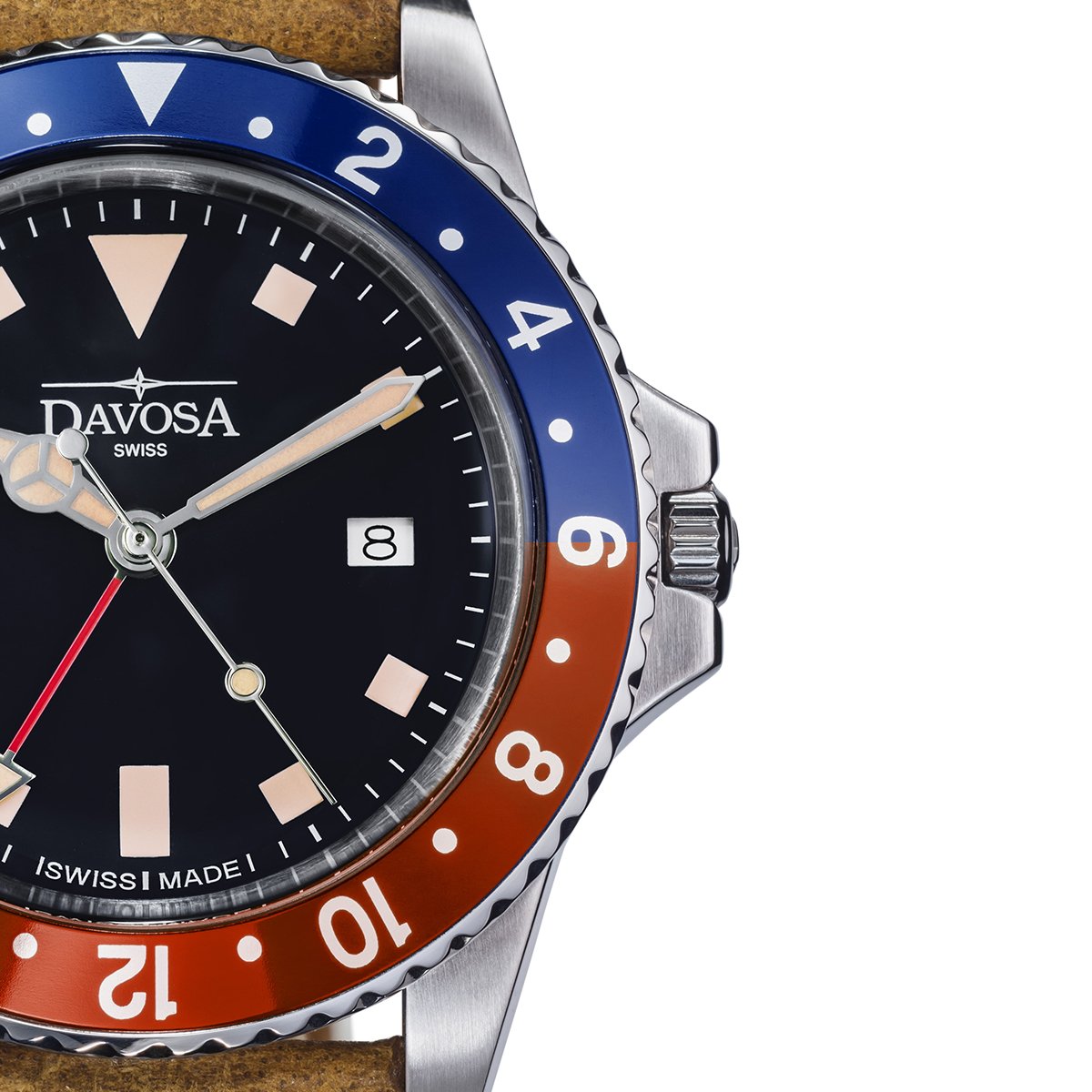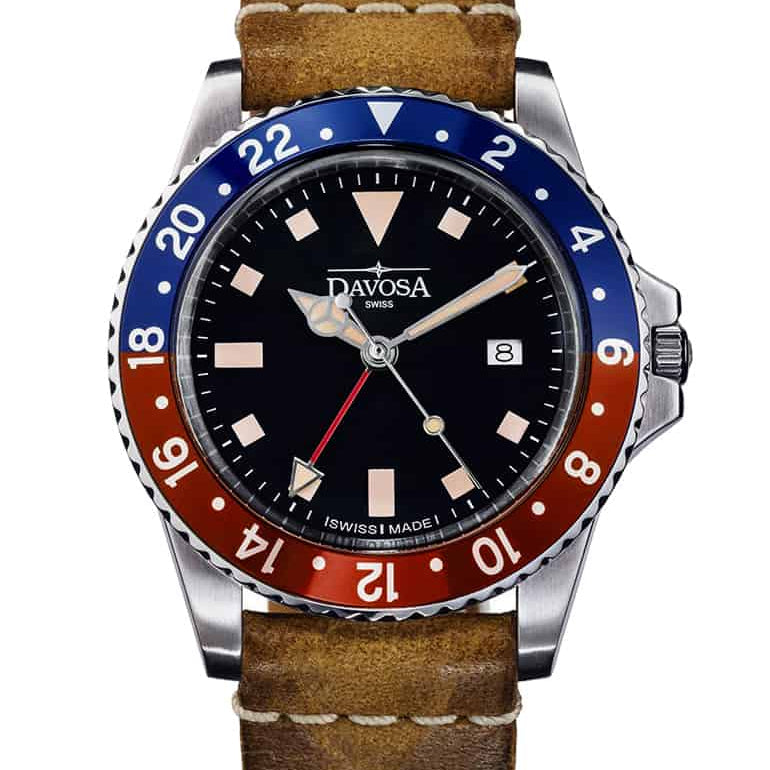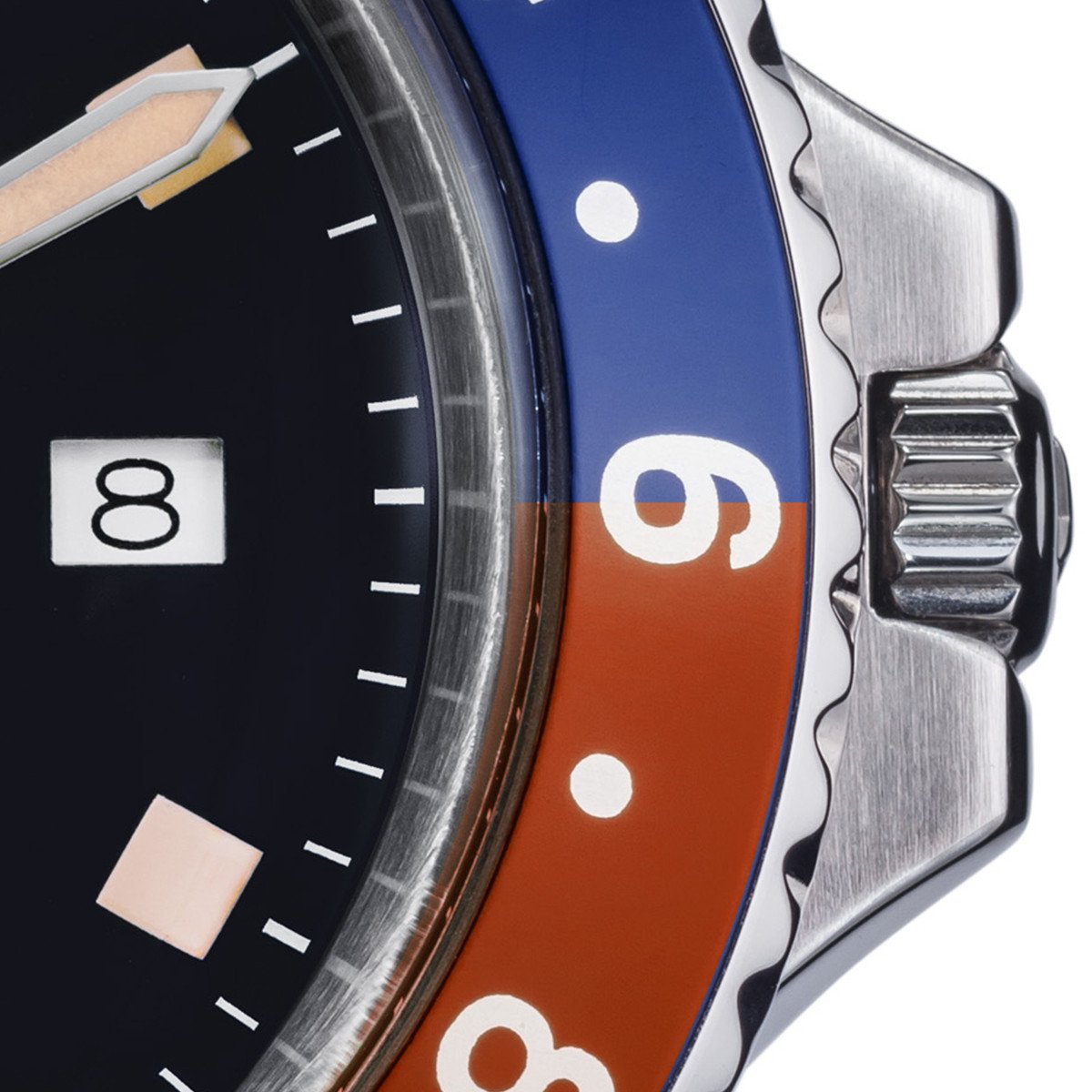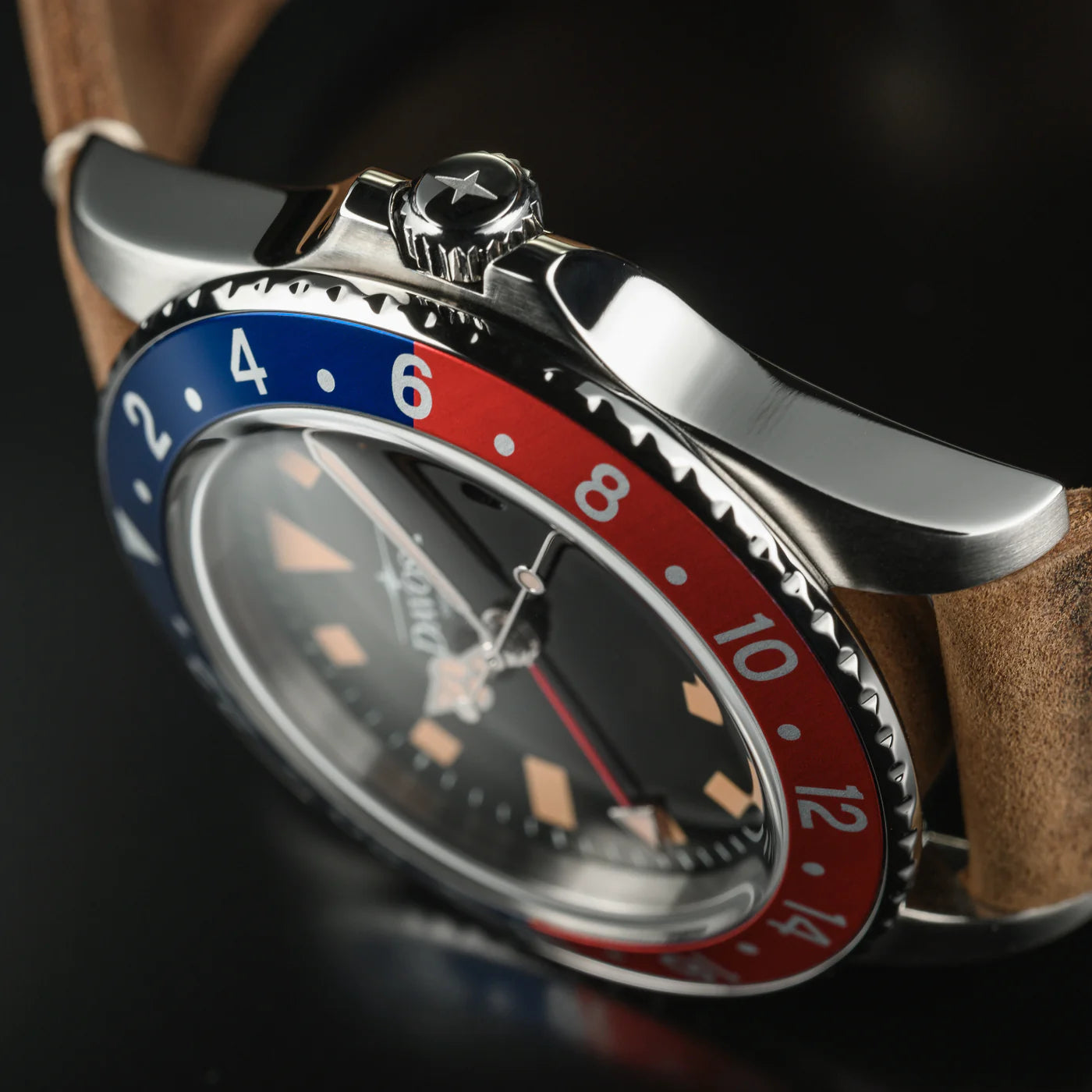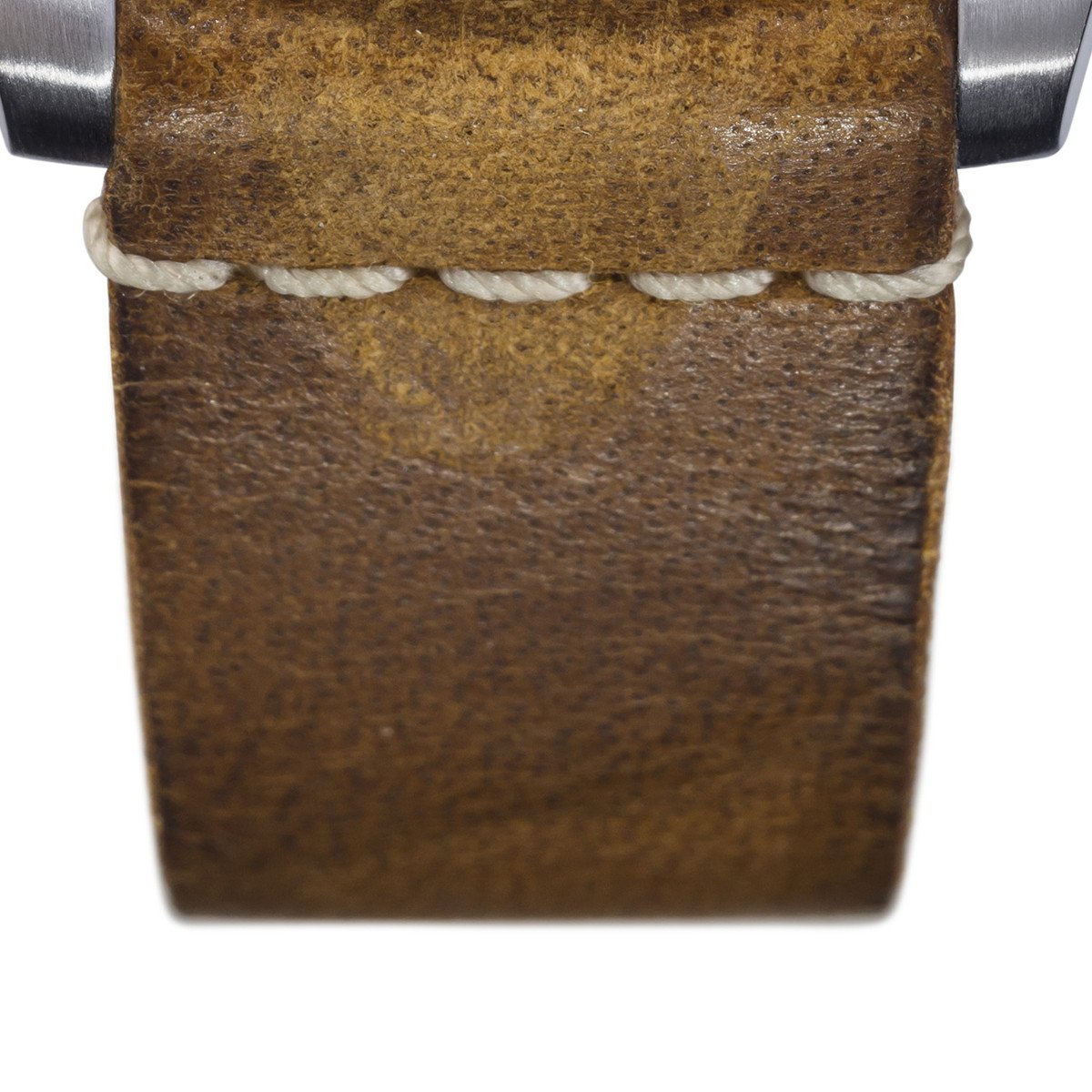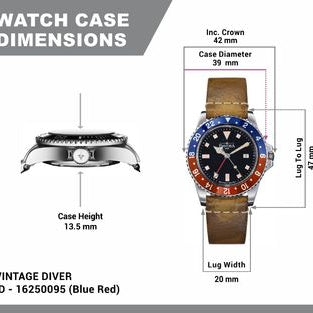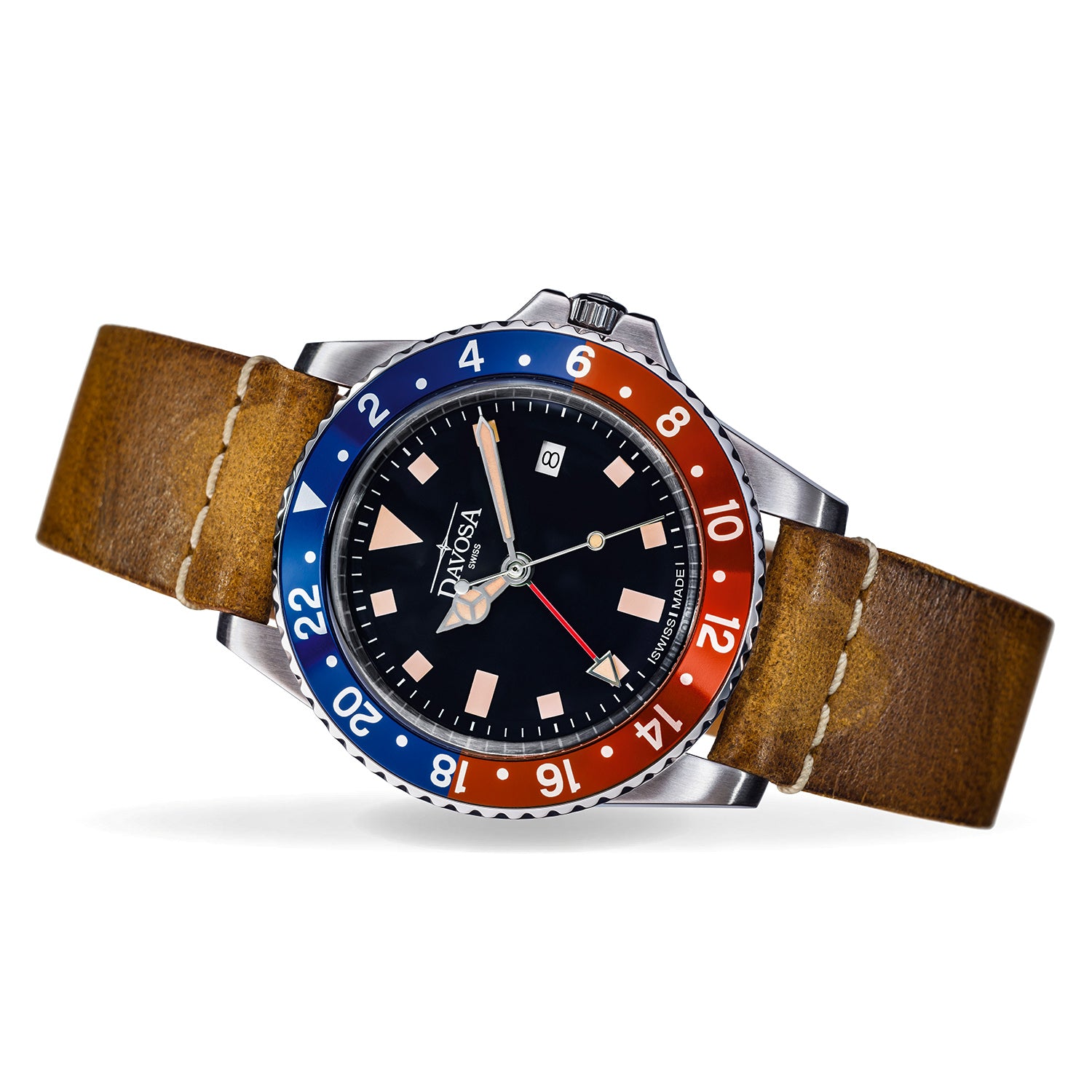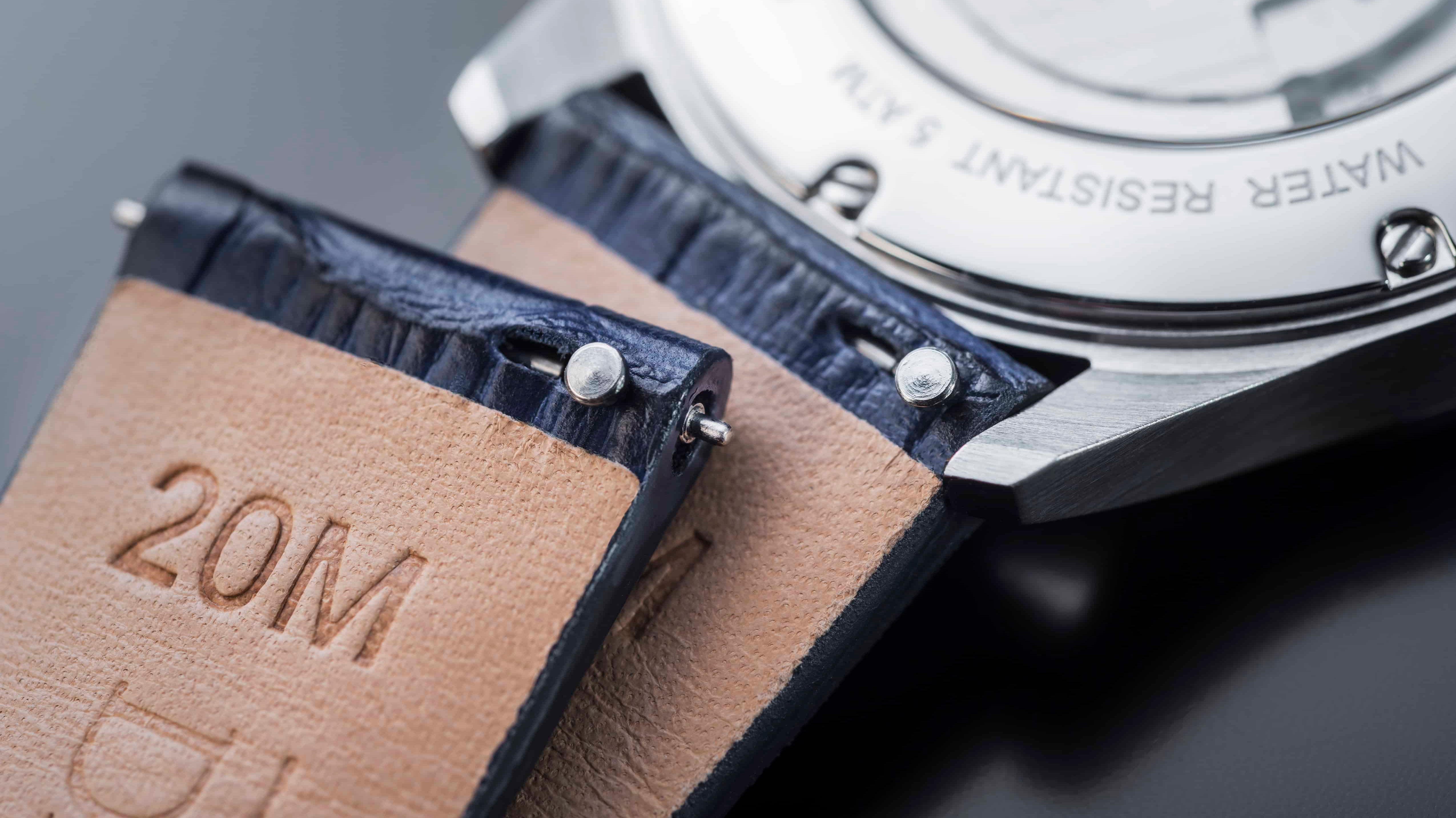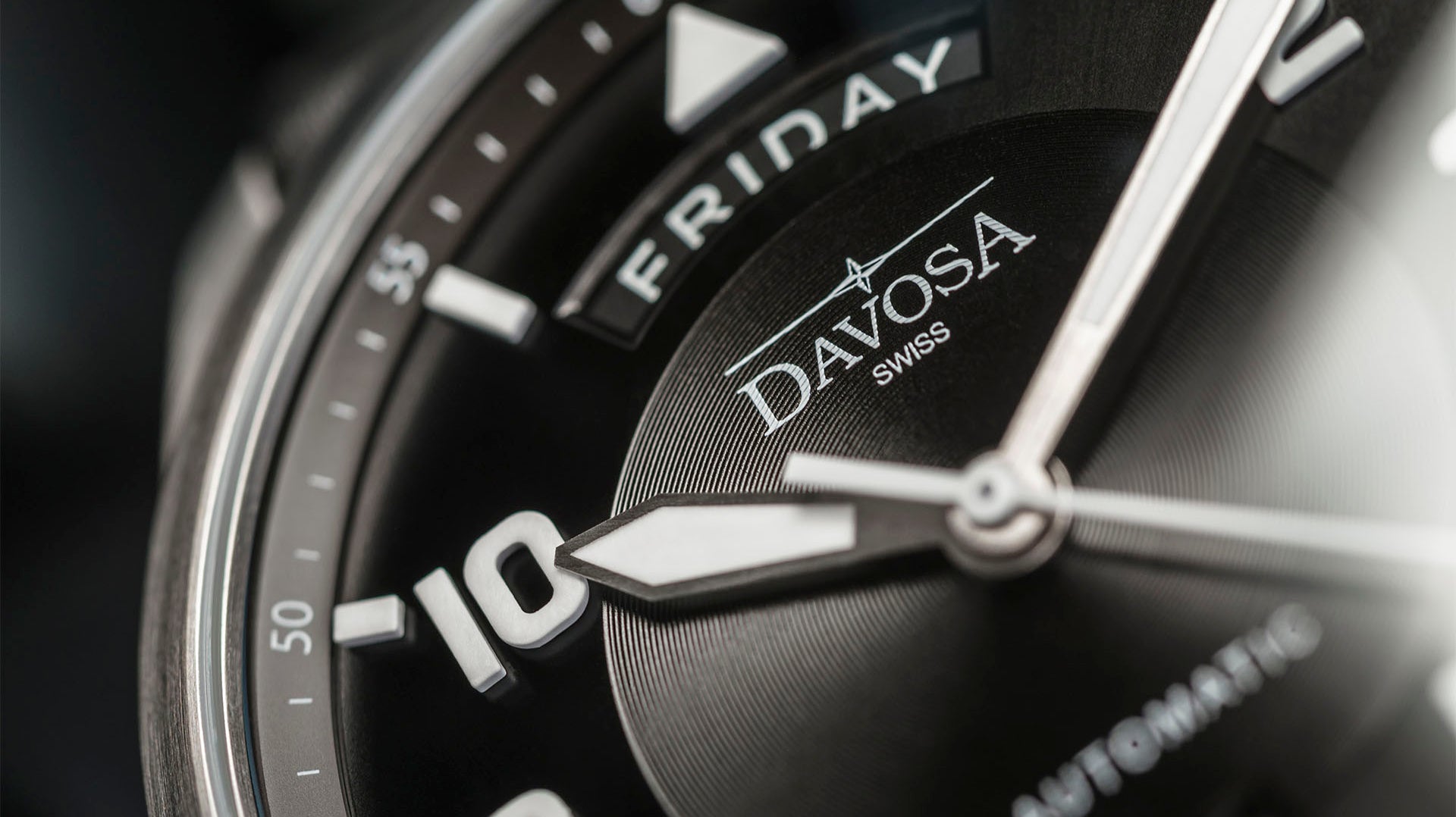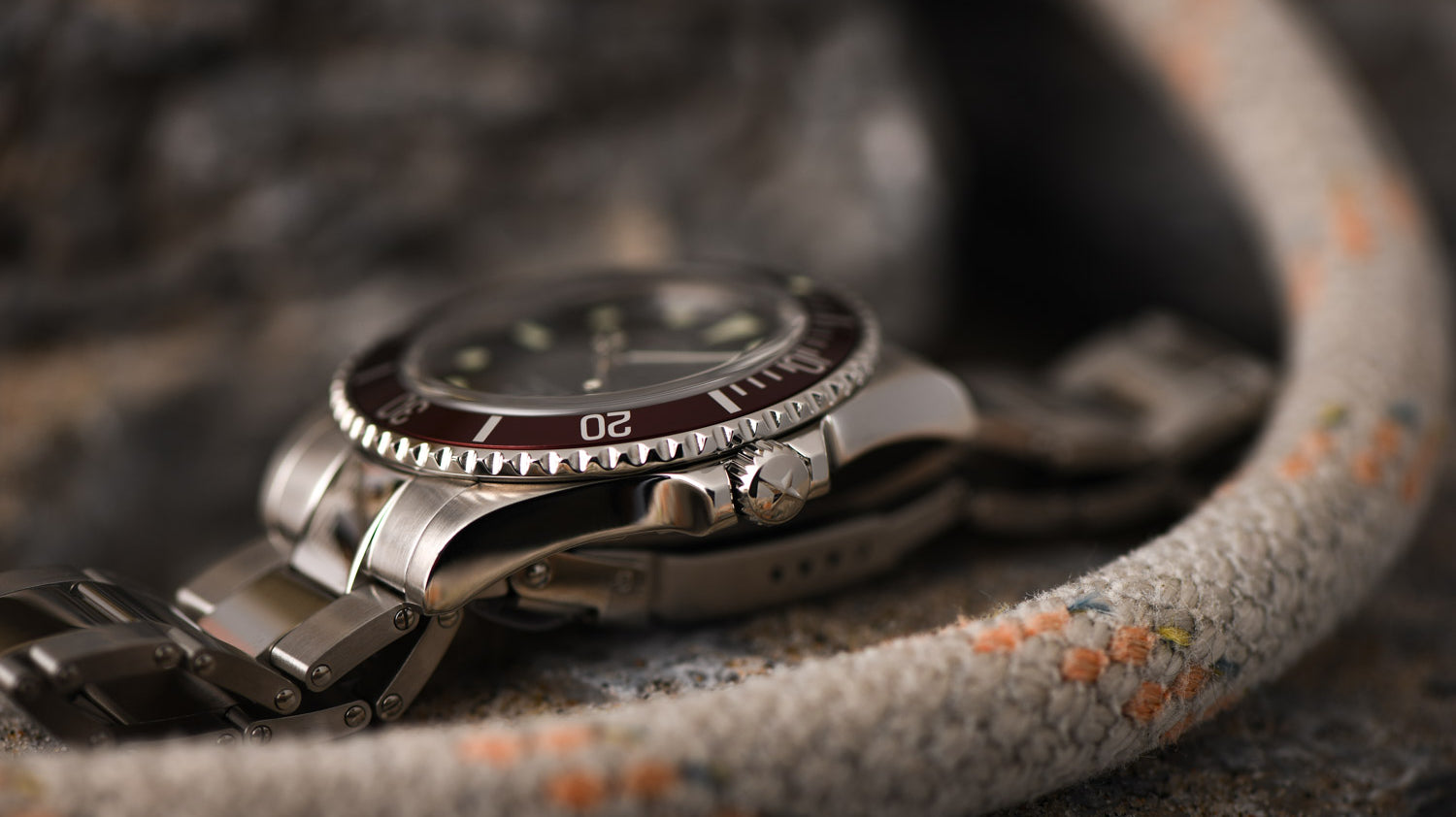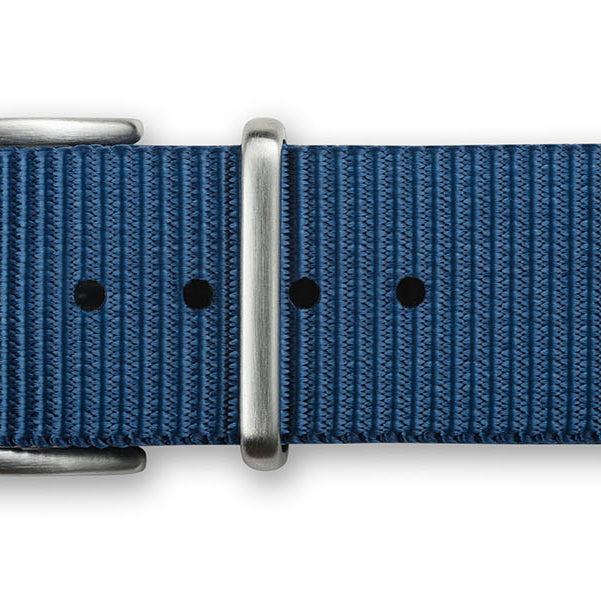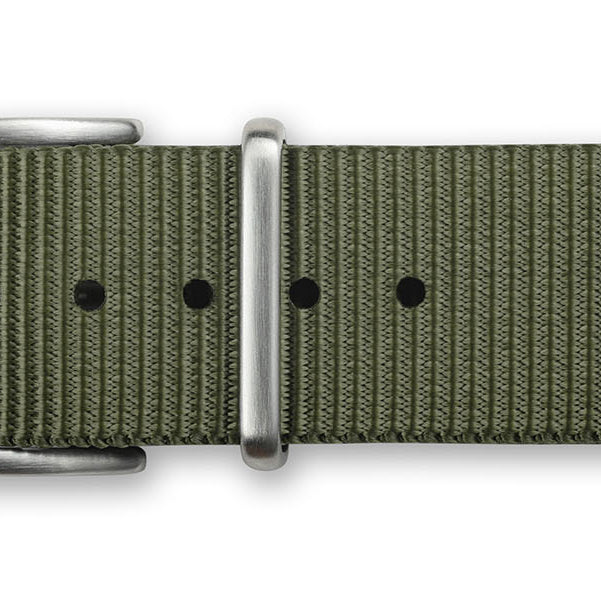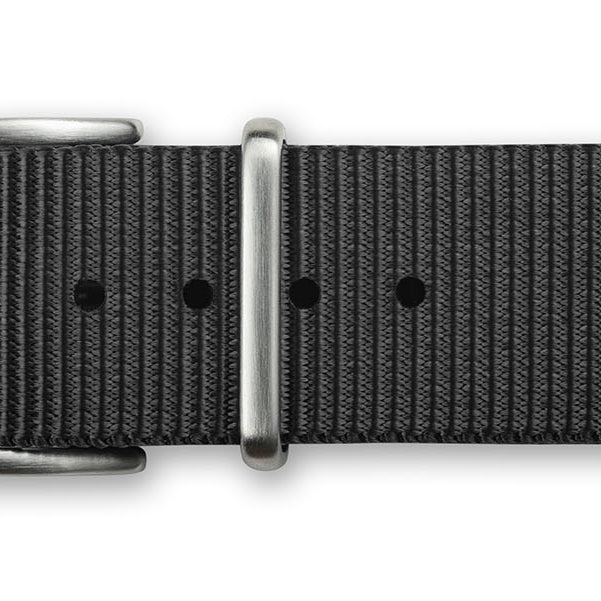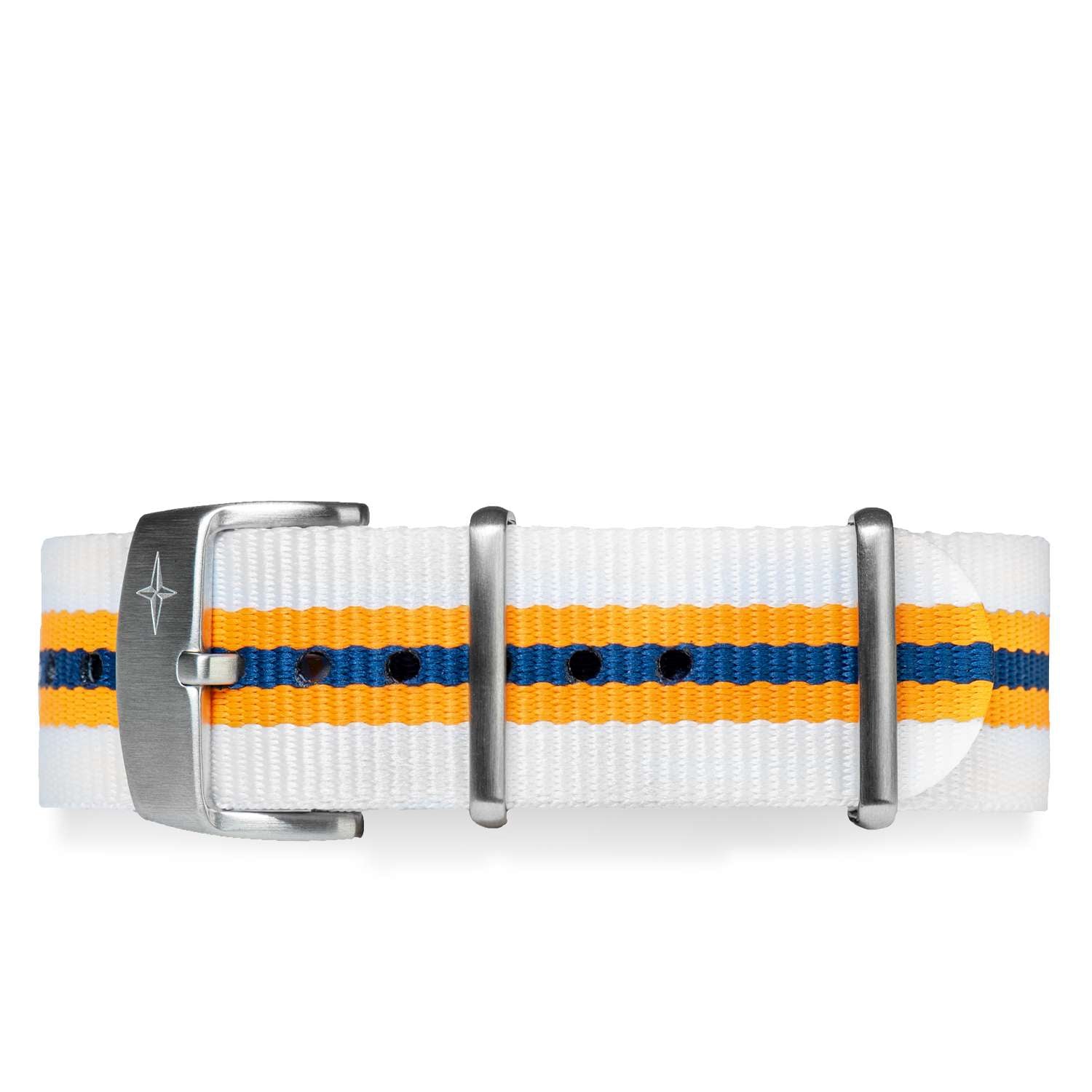Sometimes we look at an ad for a watch, and something doesn't feel right because some offers seem too good to be true. Well, the reason is that often, that's just the way it is: some of them are just trying to sell fake or Franken timepieces. How to discover which is which? How to defend yourself? Let's find out together.

The different types of fakes
When it comes to fakes in watchmaking, there are many different possibilities. Some timepieces are totally fake, and others may be authentic but have elements replaced. And depending on how they are, they may be more or less credible to the would-be watch collectors.
Let's say right away that the problem of fakes has always been present in watchmaking from the very beginning - and we are talking of the end of the 1600s. And that in some cases, fakes are so well executed as to deceive even the most experienced eye. So, if you happen to find someone trying to sell a fraud by passing it off as authentic, it's also possible that they've been fooled in turn.
Although there is no actual definition of a fake watch, we can find mainly two types of impostors: replicas, or clones, and fakes. A clone is a watch that exactly reproduces another watch in the most minute details, such as every element of the movement. These watches, which generally come from the Pacific Rim, are sometimes so well made that they would fool even an experienced collector. And, it must be said, they have relatively high prices, reaching four figures.
On the other hand, the typical fakes broadly reproduce the aesthetics of a famous watch, but their workmanship is definitely more approximate than clones. This type of fakes are easily recognizable if examined with a bit of attention, and also, their cost is pretty low.
A different case is for the so-called Frankens. The name comes from the famous Frankenstein's monster, and these watches are assembled combining authentic elements with fake ones. They can be vintage items, which have been recovered thanks to the insertion of reproduced or compatible pieces - and in this case, they are not exactly Frankens: the term is often used to describe newer items that have been fraudulently modified to increase in value.
Let's make a practical example. As everyone knows, a Rolex Submariner Hulk, with green bezel and dial, on the second-hand market is worth about twice as much as a regular black-dial Submariner. So, people of little scruples replace the original black parts with green aftermarket elements to make a profit on the difference. And on every inspection, the final watch would turn out to be utterly original because it is, in fact, a Rolex-made watch.
To end this section, just a note about homage watches. While some watch lovers look at them with some disdain, watch homages are perfectly legit - and they are made so to let people enjoy (legally) the feeling of owning a watch with an iconic design, but without the expenditure requested by buying the original one. In a way, they are exactly the antithesis of fakes: good watches derived from a famous inspiration that display an original - and different - brand on their dials.
7 Ways to Spot a Fake Watch
Does this mean it's impossible to defend against the scourge of fake watches? True, but up to a point. While it's impossible to eliminate the risk factor altogether, there are many elements that you can - or instead, should - consider to increase the likelihood of buying a legitimate watch that's worth the expense.
These notes apply mainly to mid-to-high-end watches: if you're turning to less prestigious watches - we're therefore talking about the order of a few hundred dollars, you'll have to apply them more loosely, since in this case, the watch is already very cheap in its own right, and therefore may not have the quality that more important timepieces always possess.
1 - Buy the watch from a trusted source
If the watch comes from a reliable source, it will probably be authentic. What are the reliable sources? Generally, those that have a reputation to uphold. Stores and dealers that have been active for a long time are reliable sources. Watches that come from auctions where a curator has authenticated the piece are reliable sources (eBay, for example, is not, although it does have a refund program). Individuals with a verifiable reputation, either on electronic portals or directly, are usually reliable sources.
Conversely, watches that come from ads on buying and selling portals should not be considered coming from reliable sources. This also happens for other online marketplaces that do not have a verifiable history or have been open for a short time. Always remember that free cheese abounds in mousetraps.

2 - Verify your purchase immediately
Even if the watch comes from a source considered reliable, it is always helpful to have it checked as soon as it is received by a trusted professional watchmaker, who can verify the quality and authenticity, and show us any defects, so that we can return it (there is always a period after purchase where you can do this). The important thing is to act immediately, without allowing too much time to pass or the warranty is void.
If you do not have a trusted watchmaker, you can remedy this by turning to a forum of watch enthusiasts. By posting detailed photos of the watch and asking their opinion, you will probably get good feedback about the authenticity.
3 - Examine the appearance as a whole
If you don't have the option of going to an expert, there are some checks you can do to assess whether or not the watch you are buying is authentic. The first of these is to consider the watch as a whole. How does it look? If it is practically new, despite perhaps being a collector's item, there is some reason to doubt its authenticity. Even if an automatic watch lifespan might last tens, and sometimes, hundreds of years, in truth, watches, when worn, get dirty and scratched, and require a periodical service from a watchmaker: therefore, it is likely that a worn watch, even if well kept, has some minor imperfections, which makes it, if possible, more authentic.
Once in your possession, immediately look for a reliable reference online. If the watch is recent, in the brand-issued photos. If it is not, in the immense archive of images you will find online. Remember that pictures showing old watch advertisements are pretty common, so look for those related to the model you are examining.
4 - Examine the writing on the dial and movement
Fakes are usually revealed by poor attention to detail, and among these, the lettering on dials and movements are generally revealing. If a dial has a poorly printed inscription, with smudged edges, and shows visible imperfections in the shape of the characters and the alignments, especially in areas where a layer of the lumen has been applied, it is most likely a fake. An original watch has a dial with perfectly centered lettering and indexes aligned with the outer track - and there will be no errors or imperfections (but always remember that good watches could have a badly-reprinted dial).
The same goes for engravings on movements and rotors, as well as case backs. If the engraving looks superficial (in fakes, the engravings are often done by laser etching) and looks ungainly and sloppy, it is likely to be a fake. To be sure, compare your specimen with a photo of an authentic movement and evaluate the differences.
5 - Examine the hands
Another rarely considered aspect of fakes is the shape of the hands, which often look "flat" as if they are cut from a single sheet of metal that has been cut out but not finished - and the final appearance is rough and sloppily done. Original hands generally have a neat, finished appearance and many times have contrasting polished or satin-finished surfaces.
6 - Examine the caliber surfaces
If you have access to the movement, examine the surfaces, especially the edges. If the surfaces appear uneven or scored, and the edges feel sharp to the touch, it is probably a fake.
All brand-name watch movements are finished and ground on the edges to prevent the tiny scraps of metal present in a "rough" cut from coming off and ending up in the movement.
So, there are good reasons why watches are so expensive - and one is the quality of the finishing that companies devote to make them spotless.
7 - Check watch authenticity by serial number
Serial numbers are often handy to make a proper dating of the watch, which, combined with the relationship of the other elements at our disposal, allows us to assess the reliability of the timepiece itself. However, remember that not all watches have serial numbers and that, in any case, the presence of a serial number does not, by itself, guarantee the authenticity of the piece you are examining.
There are online lists of serial numbers of the most important Maison published by enthusiasts, so it is not difficult to find them and consult them to evaluate the watch in your possession. But do not expect to find lists of this kind for lesser-known Maisons and modern microbrand watches.

Main Takeaways
To examine all the ways to distinguish an original watch from a fake an entire book would not be enough: what makes the difference, in this case, is the examiner's experience. Once you have handled, opened, and evaluated several watches belonging to different eras, you will be able to determine immediately if any of them has something that does not convince you.
Remember that a watchmaker's collection of quality tools is essential and starts with several case openers and some monocles. Since watches have only recently begun to introduce visible case backs, you must practice opening cases using the appropriate tools carefully to avoid scratching the timepieces and injuring yourself.
But be careful: old watchmakers joke that inside watch cases live the watch bugs: and if by chance they bite you, transmitting the disease of passion for timepieces, you are doomed!
The Davosa-USA.com website is NOT affiliated in any way with Audemars Piguet, Franck Muller USA, Inc. Richard Mille or Richemont Companies, Seiko, or any other brand which is not Davosa Swiss. Rolex is a registered trademark of Rolex USA. Davosa-USA website is not an authorized dealer, reseller, or distributor for Rolex and is in NO WAY affiliated with Rolex SA or Rolex USA or any other brand besides Davosa Swiss. |


